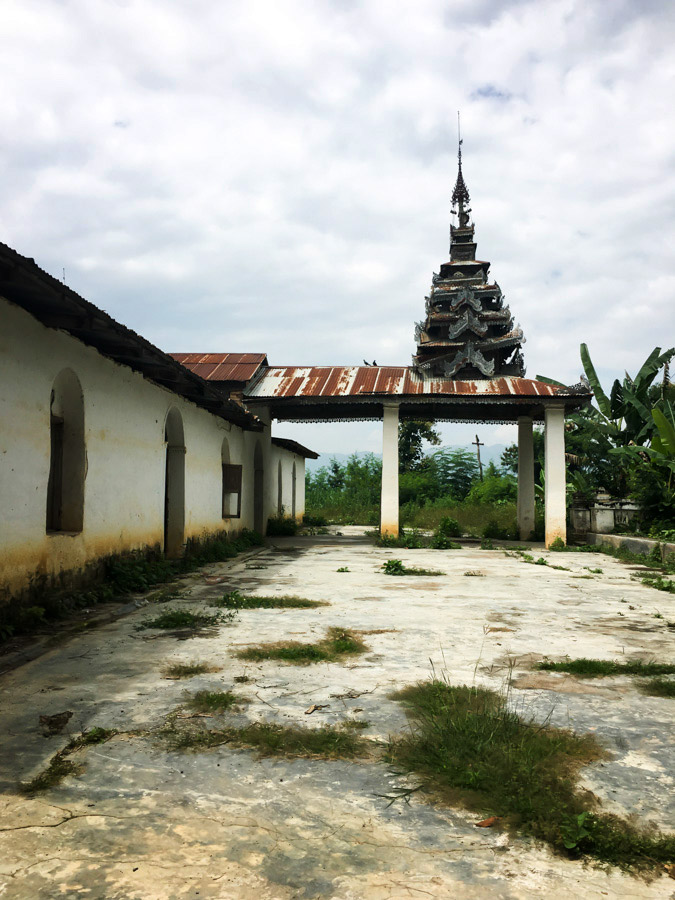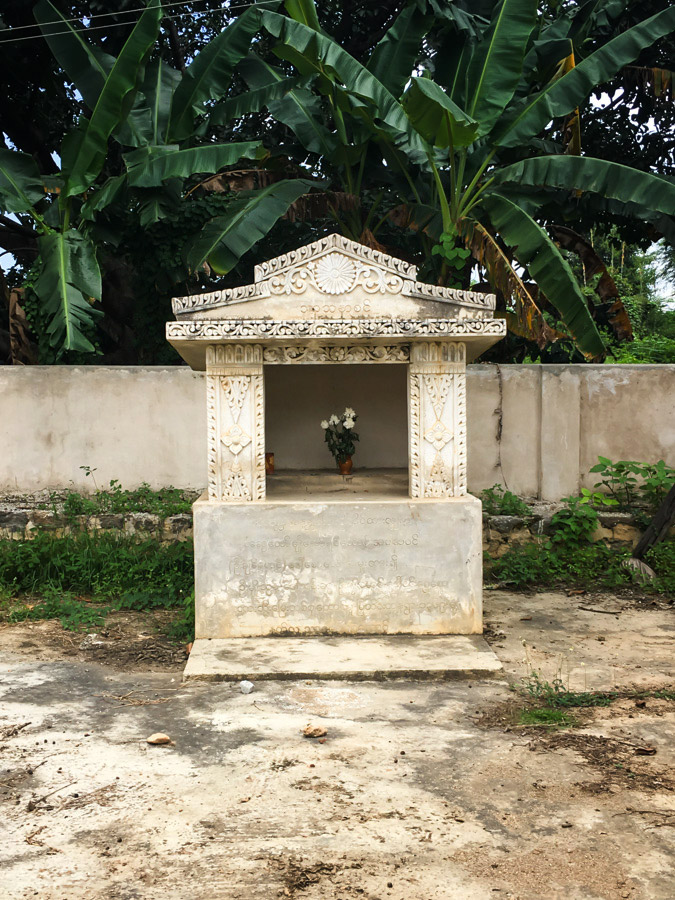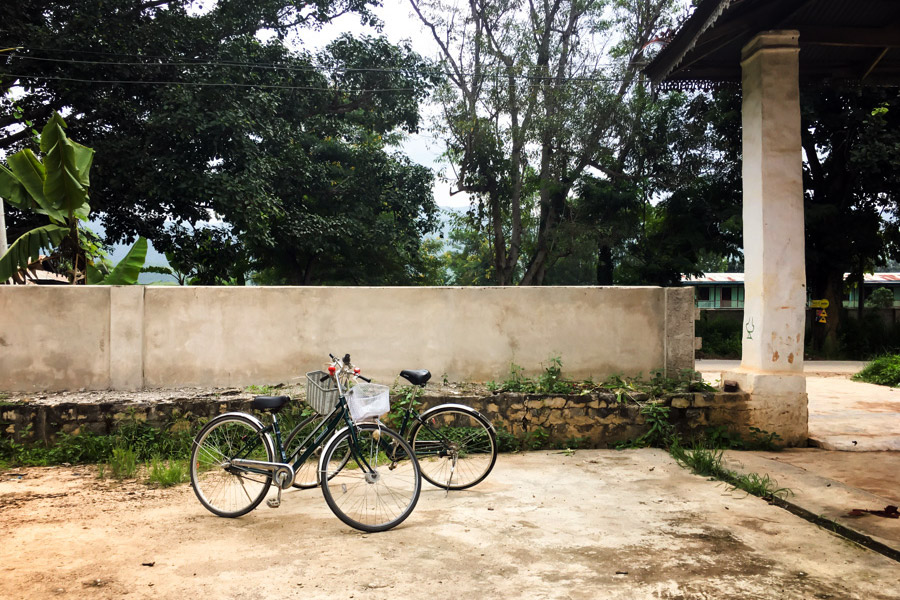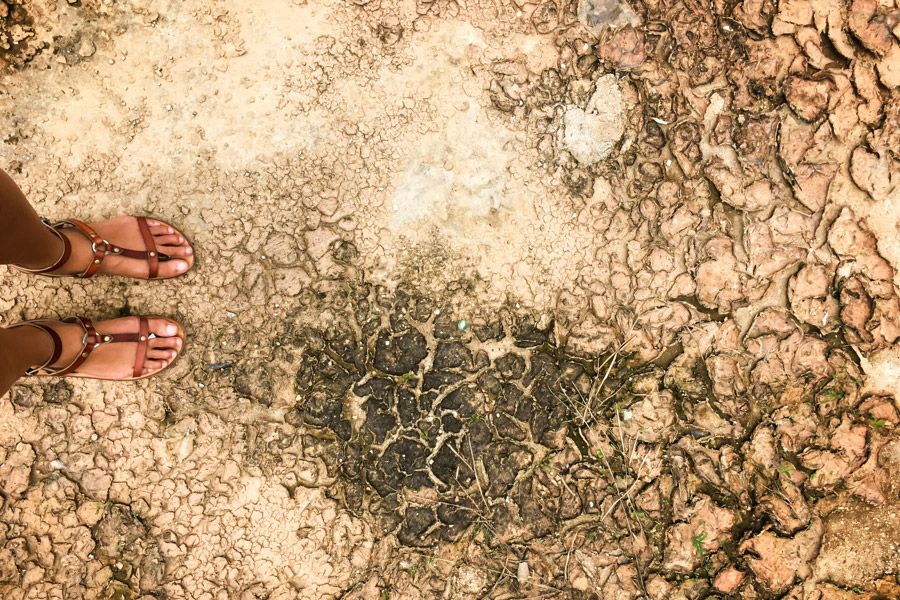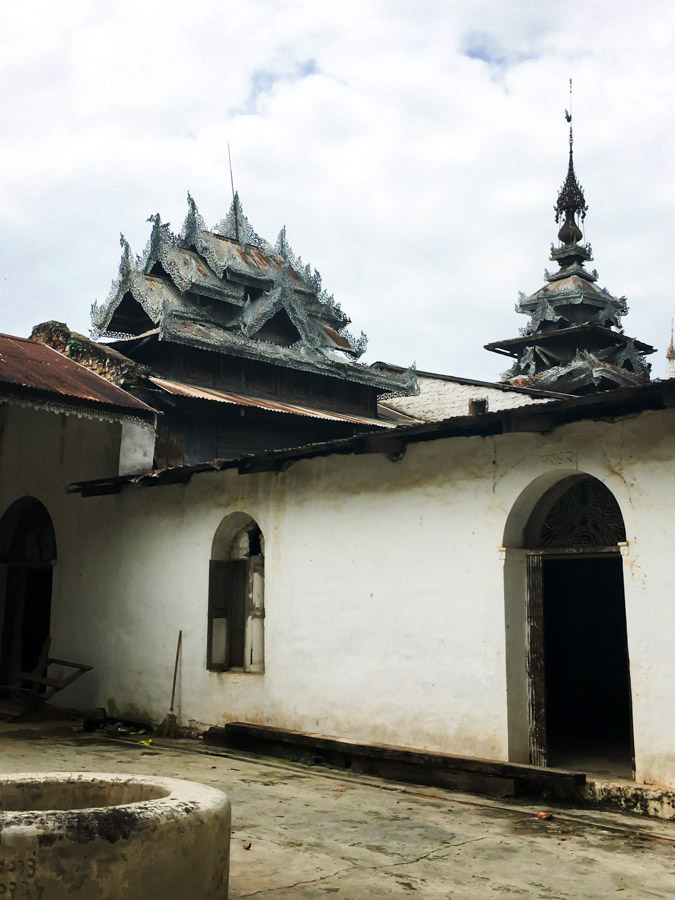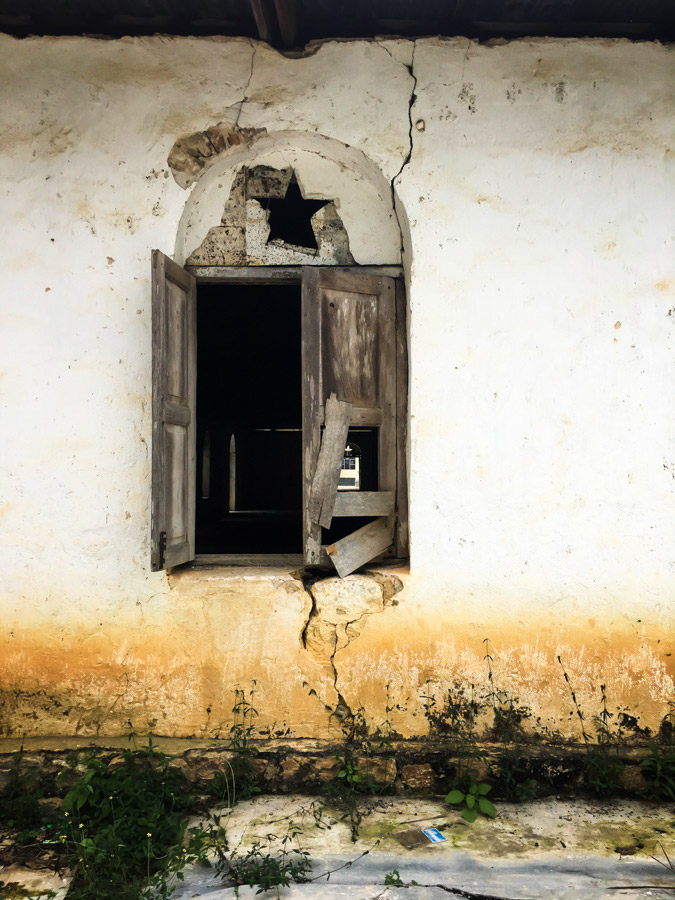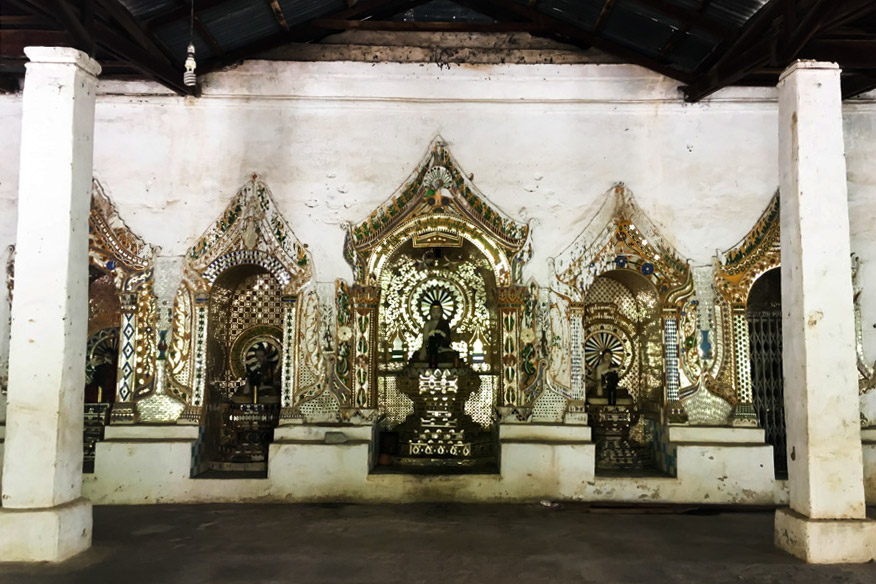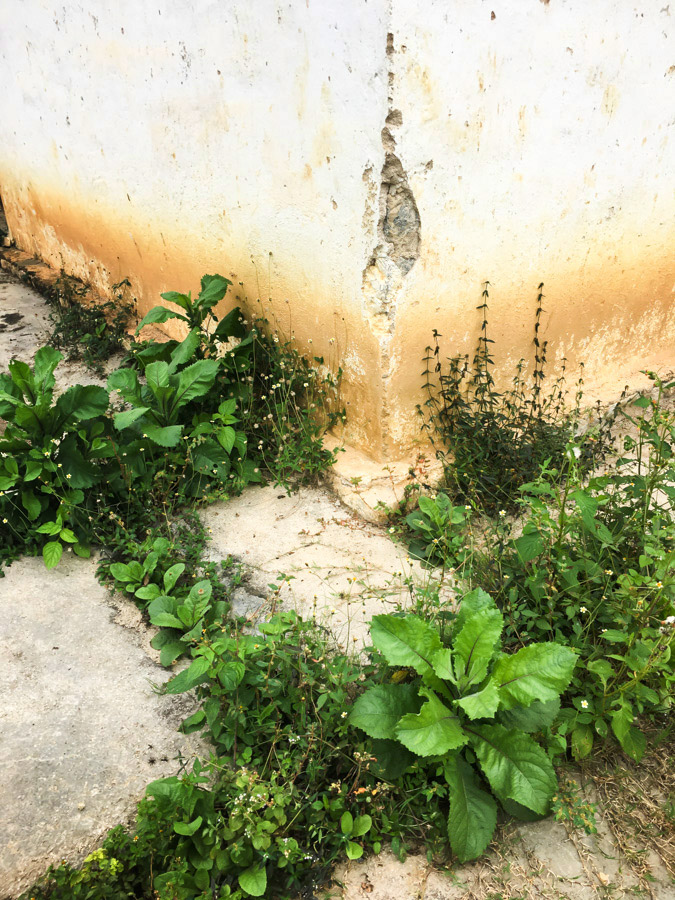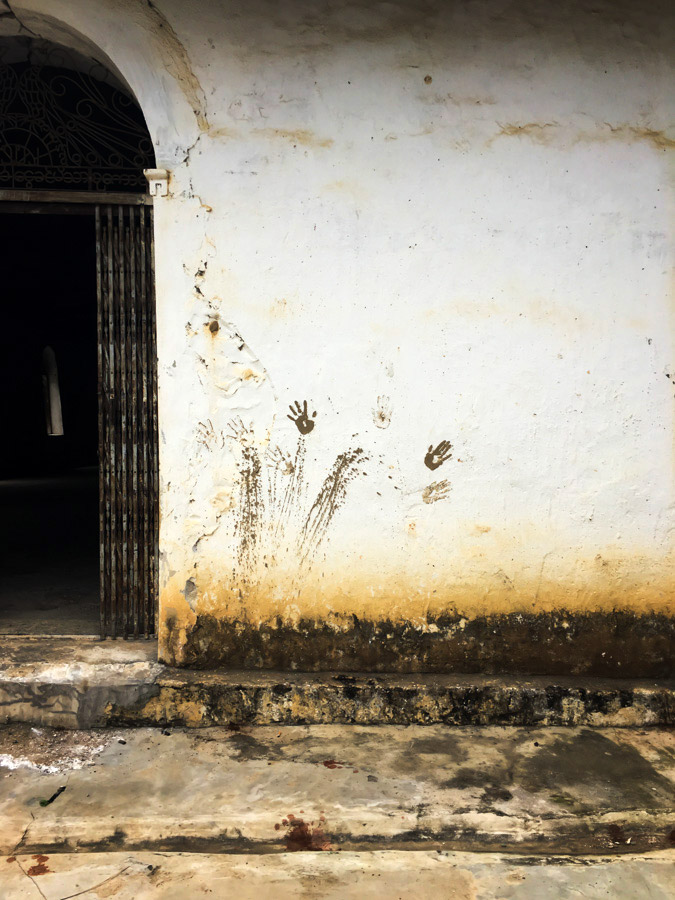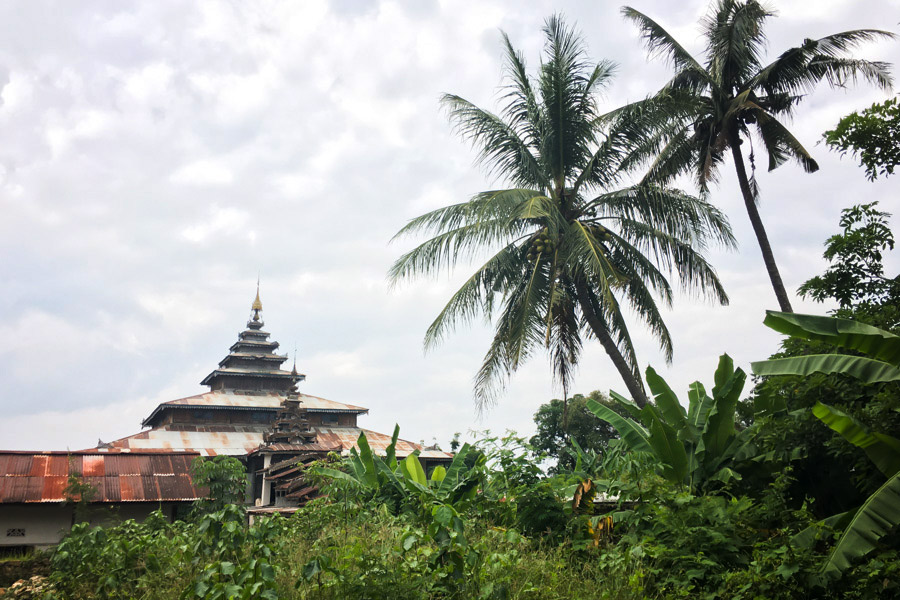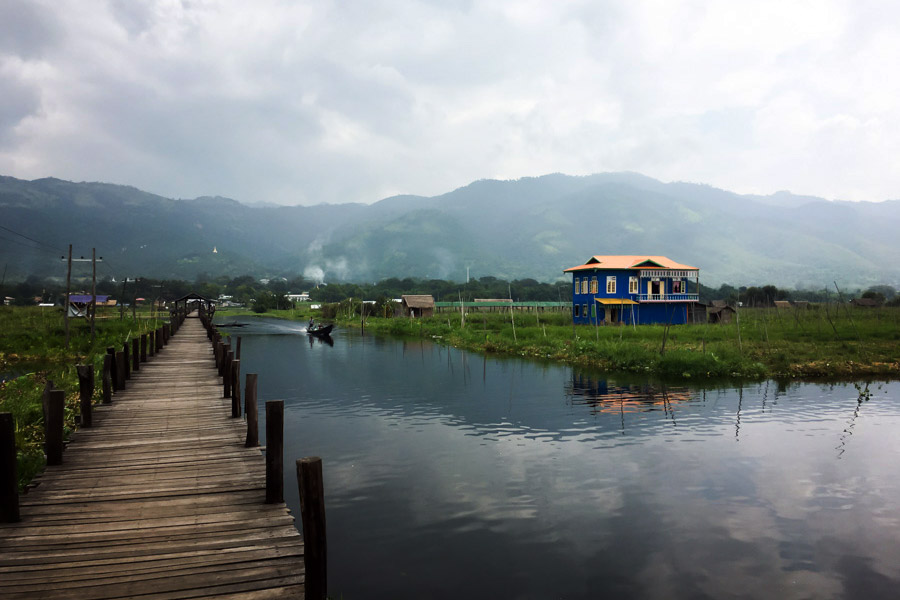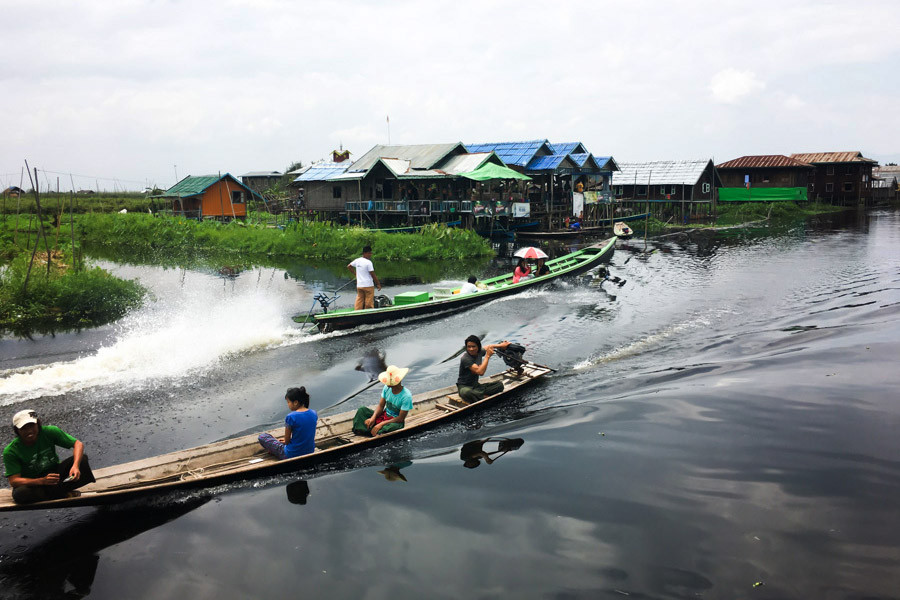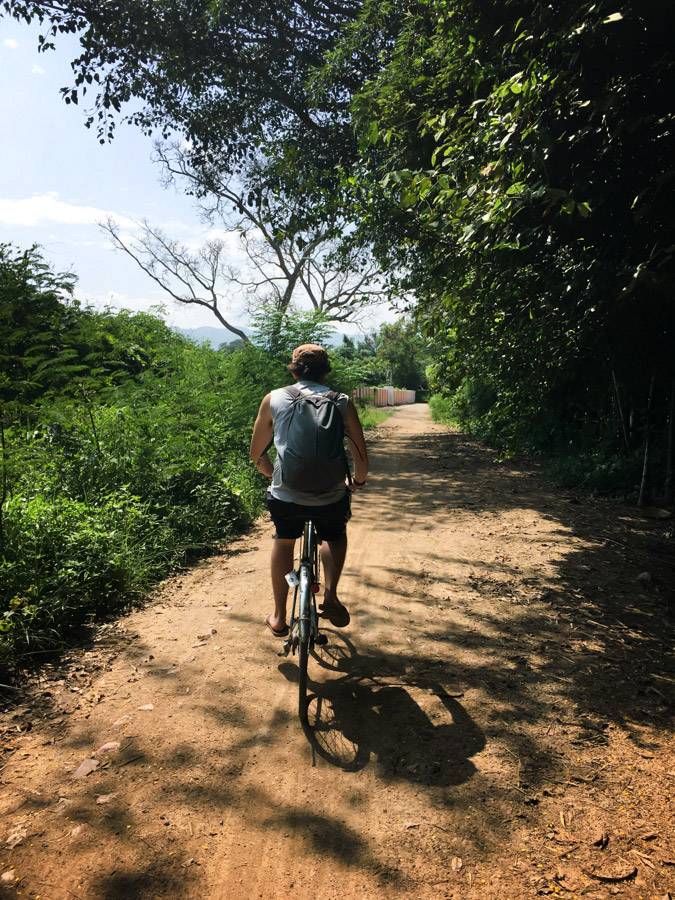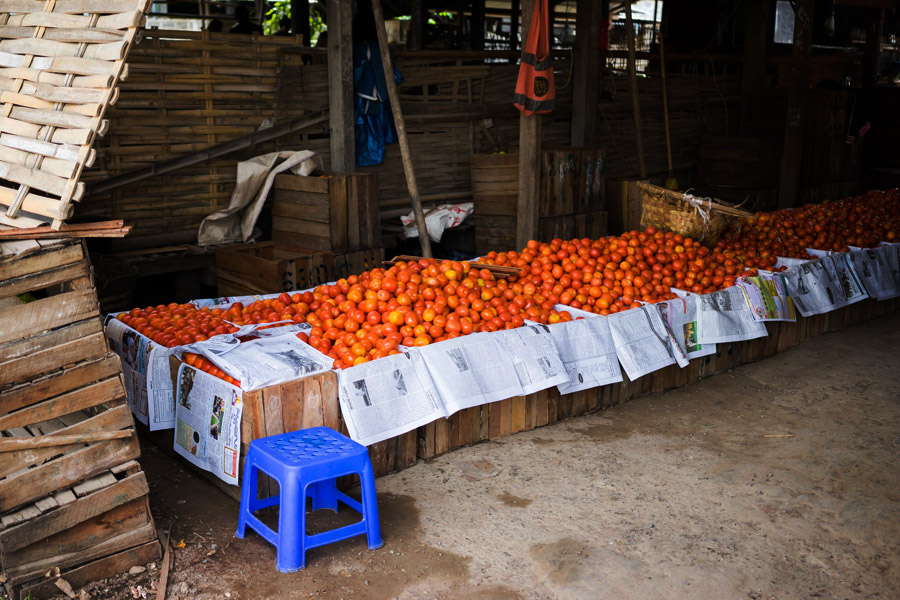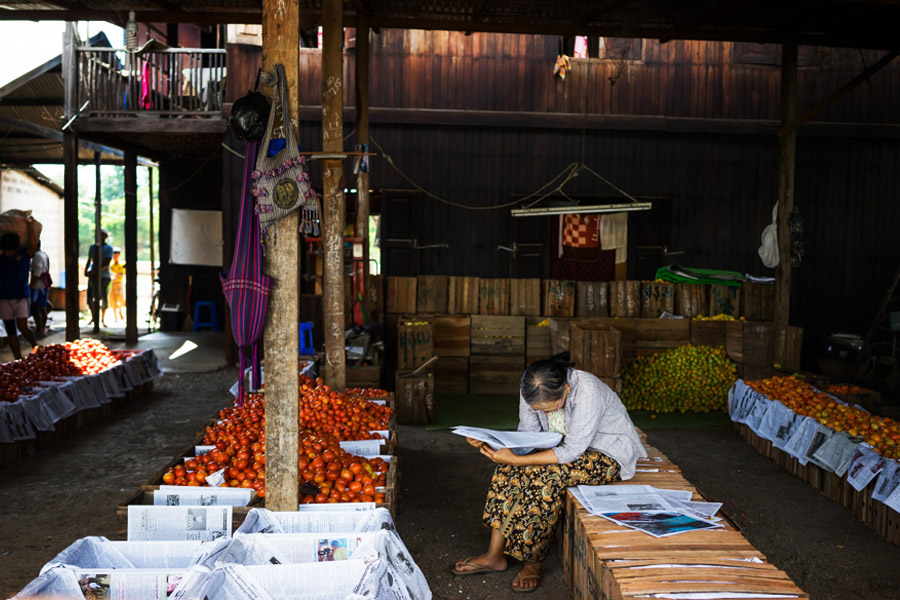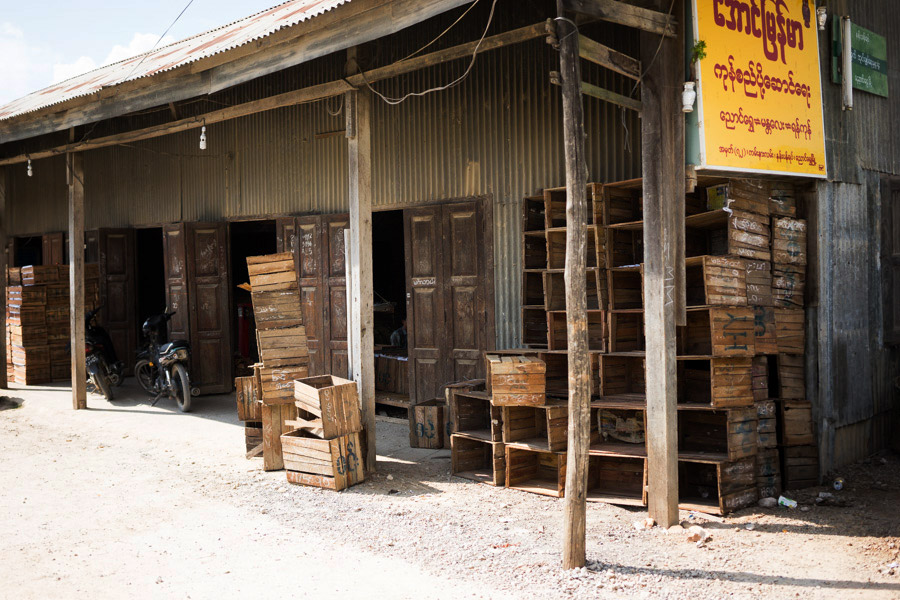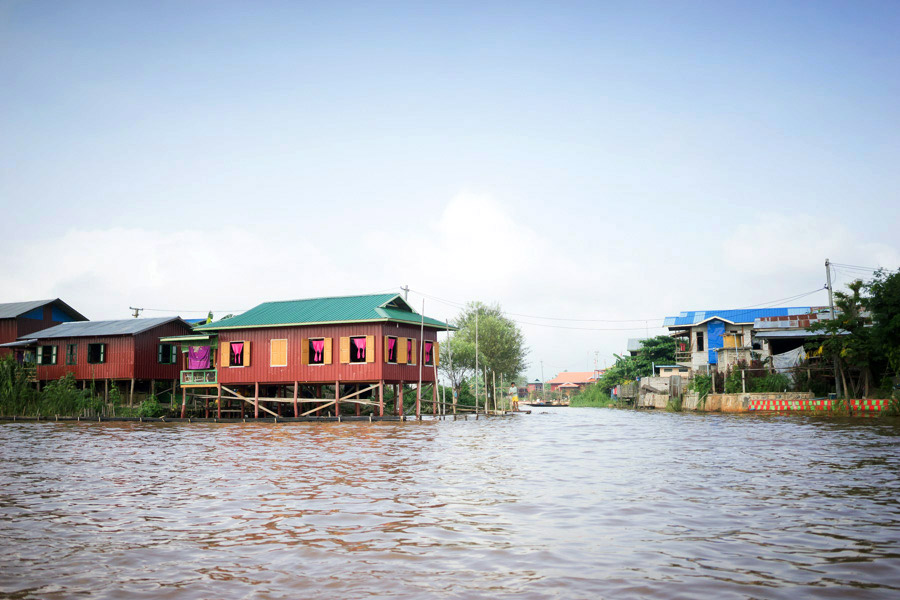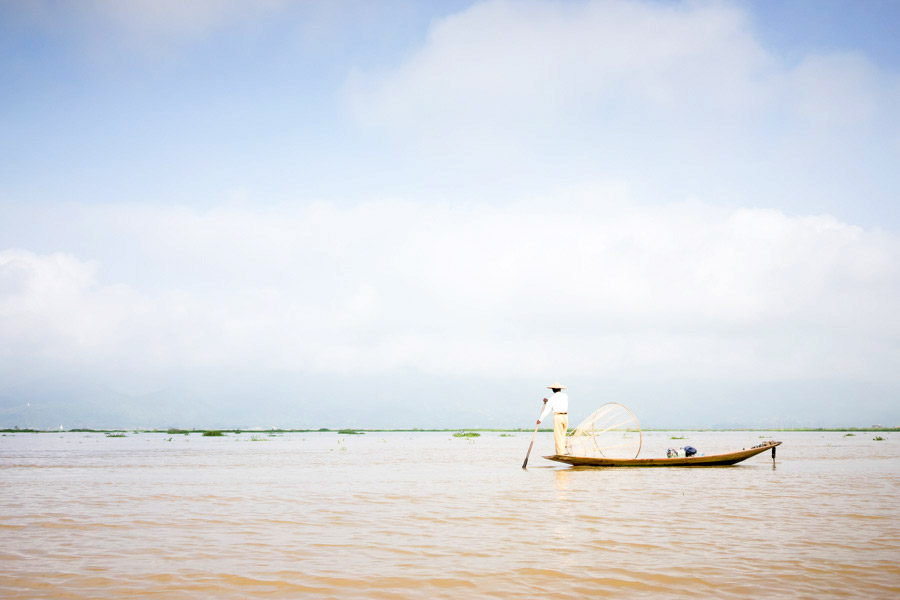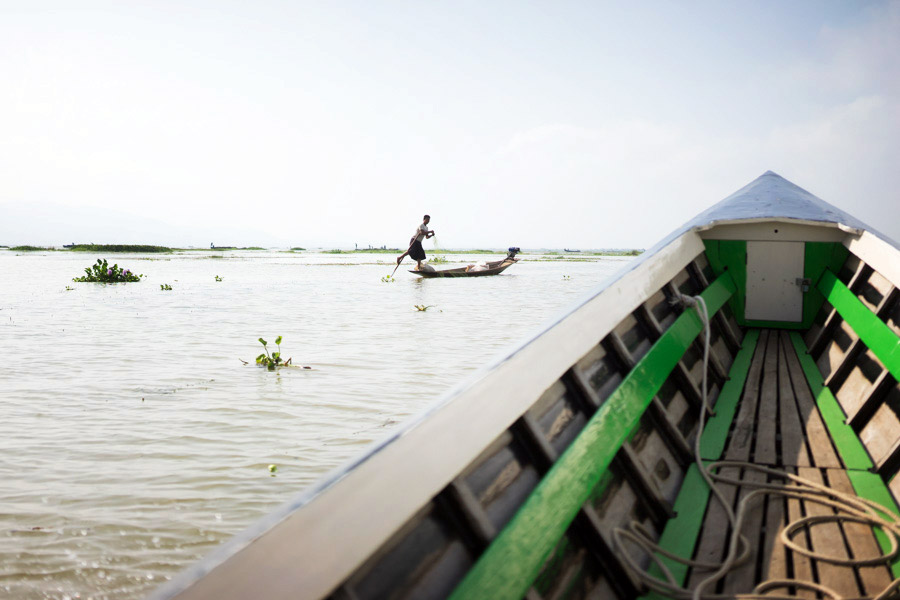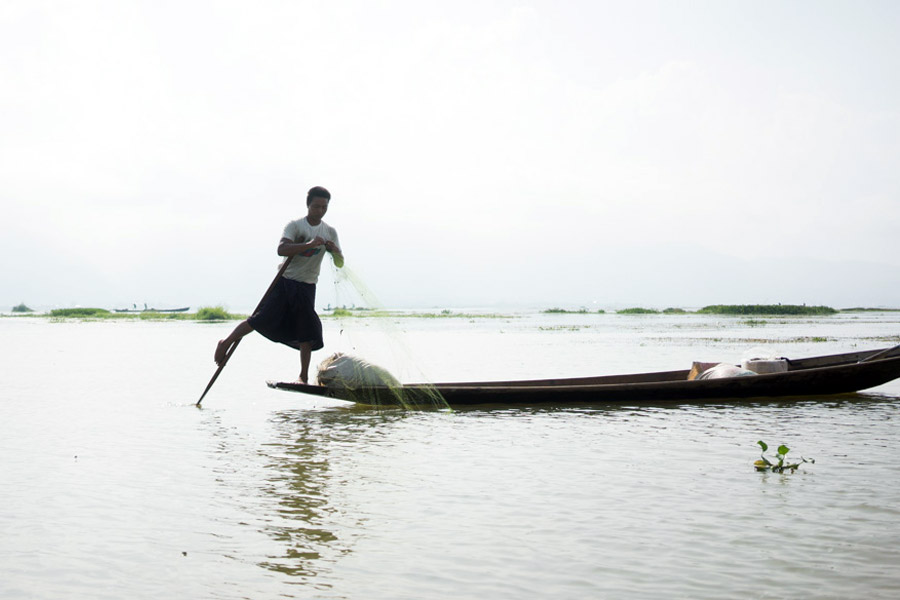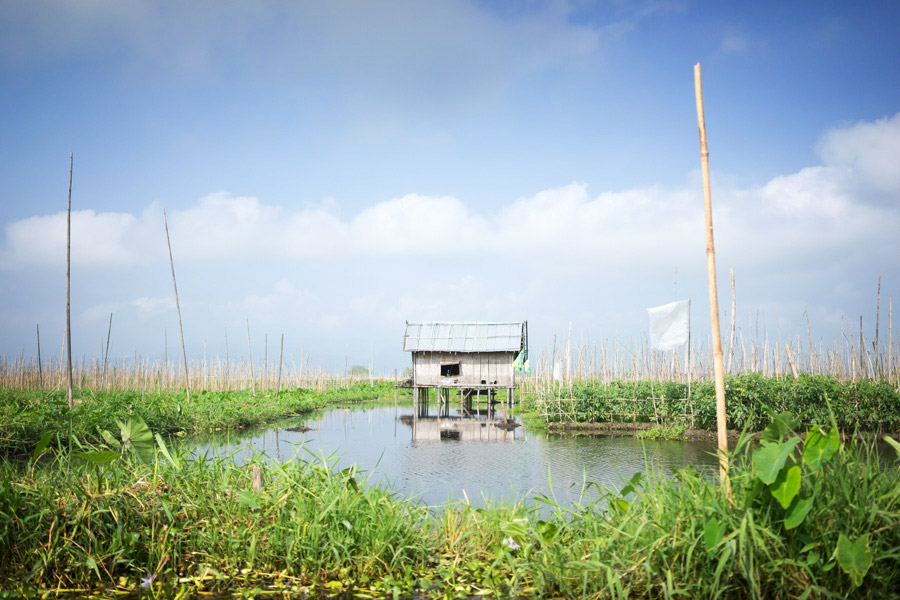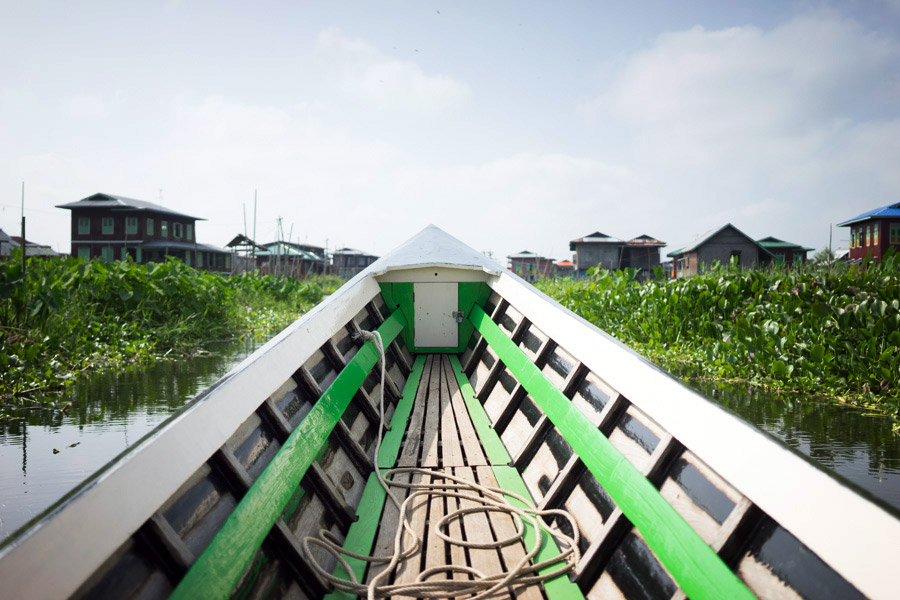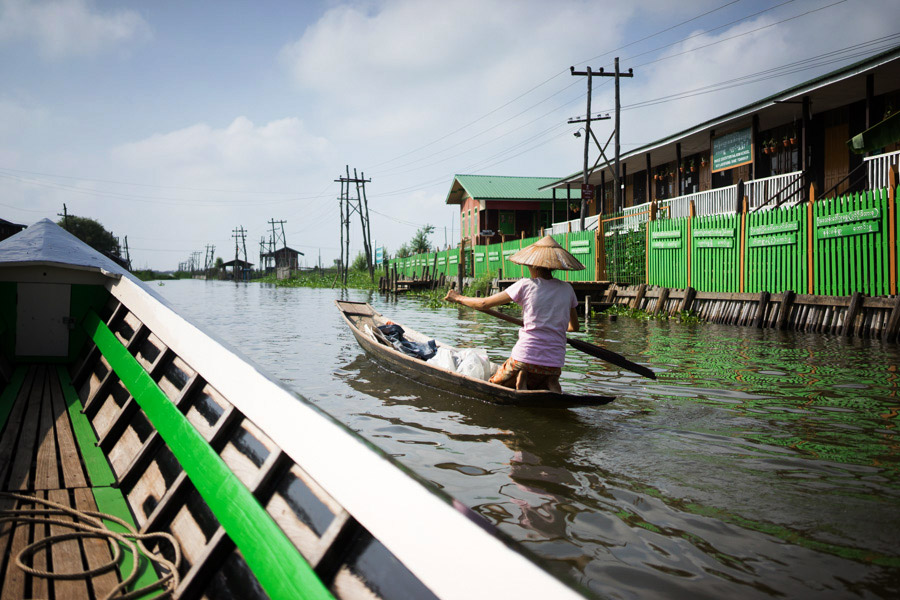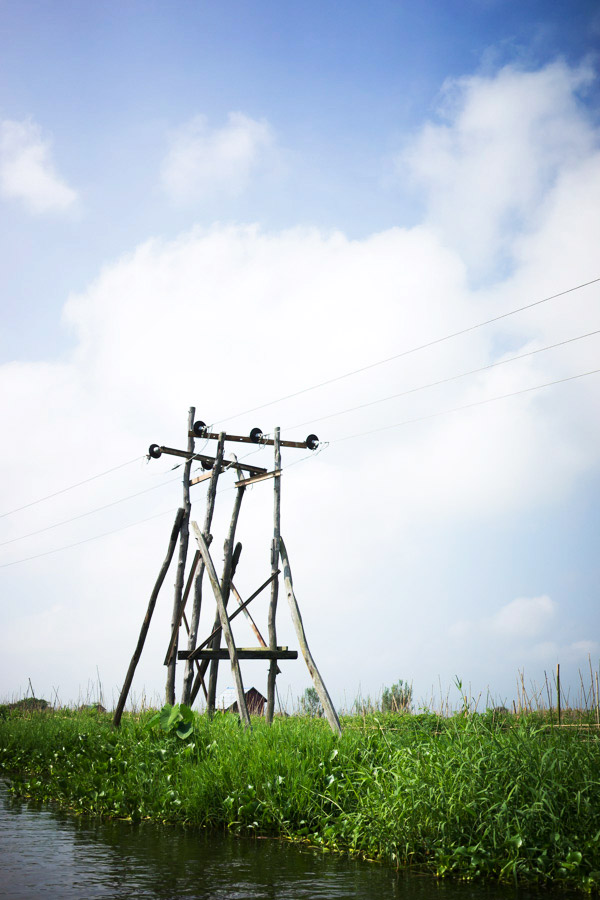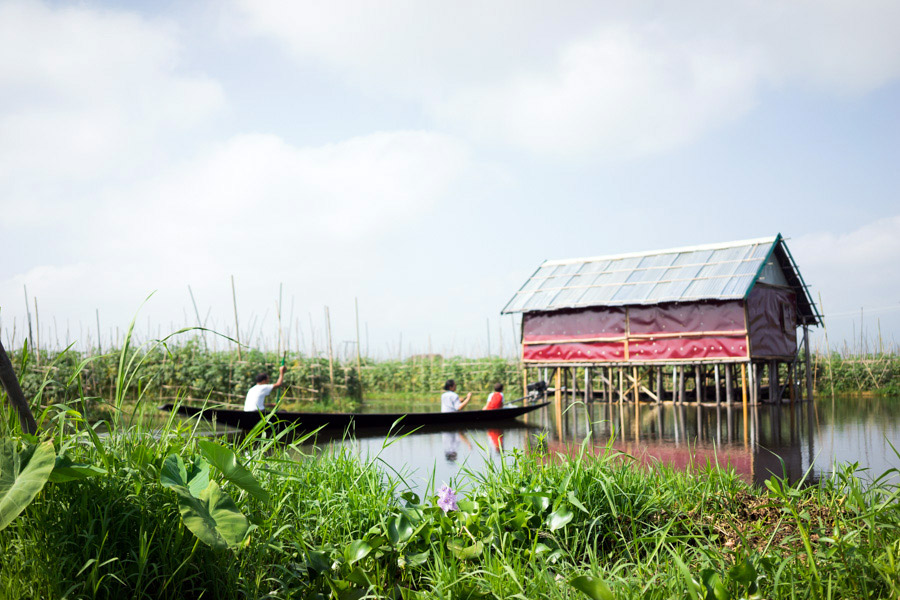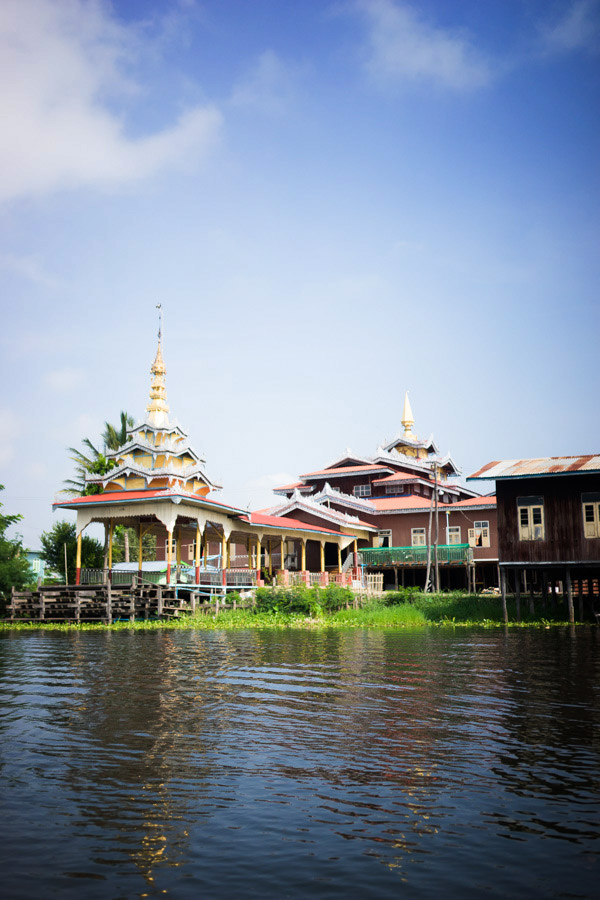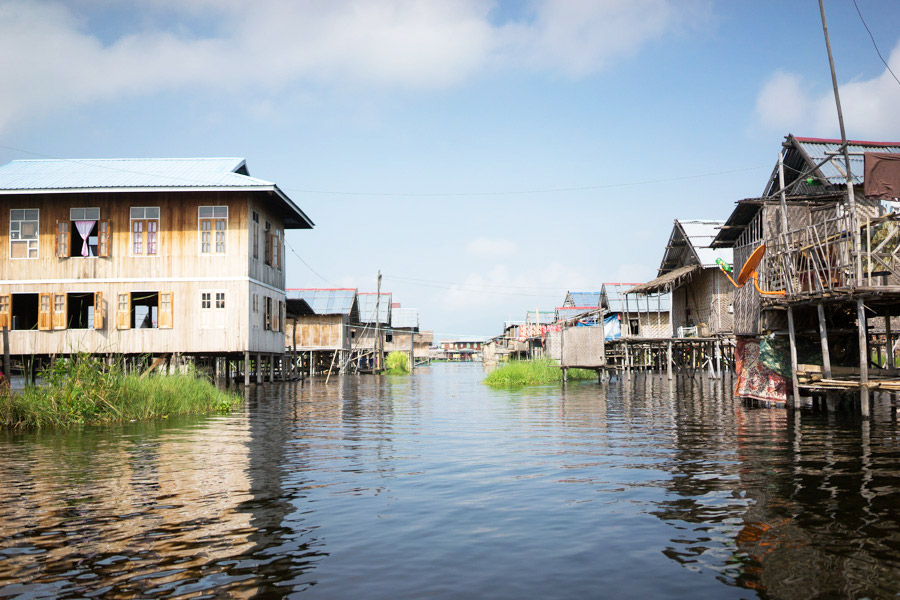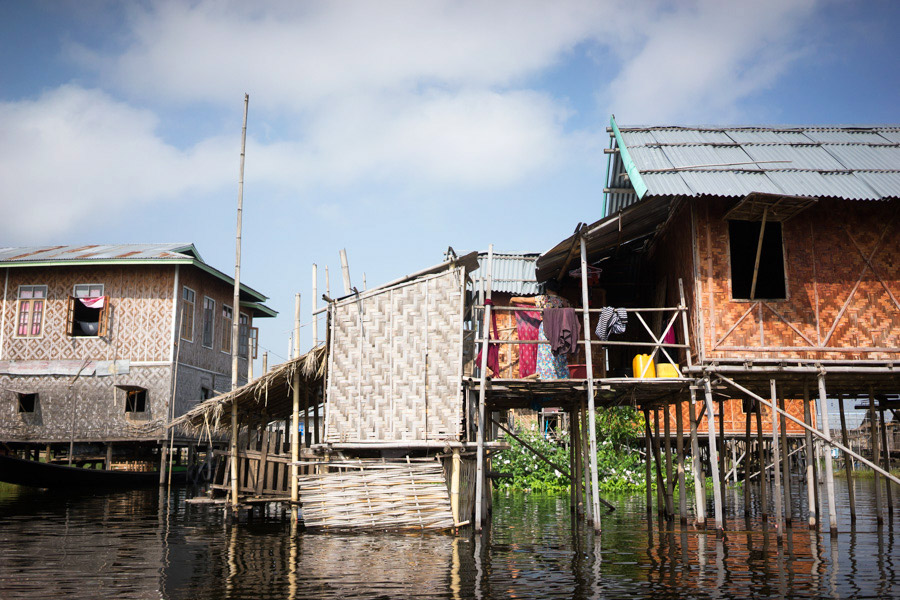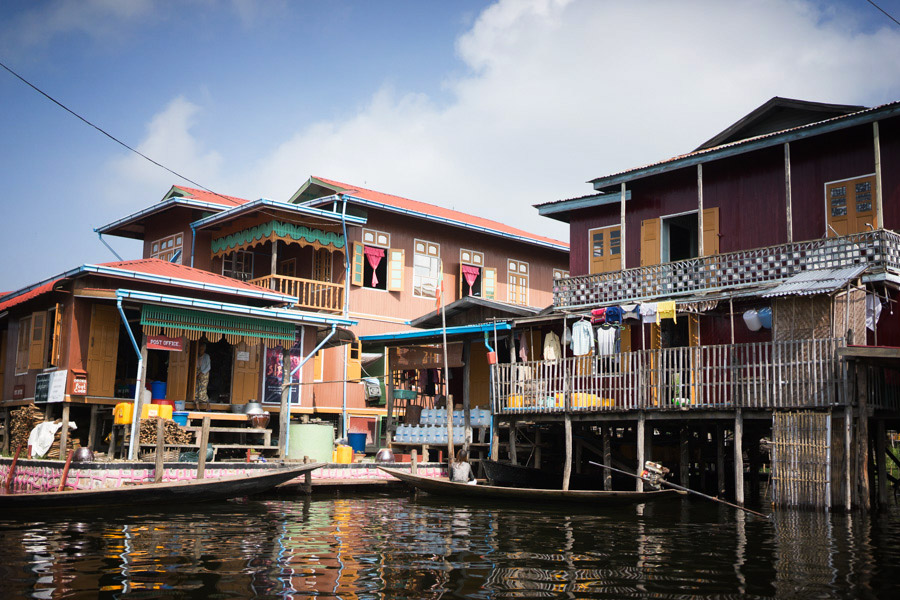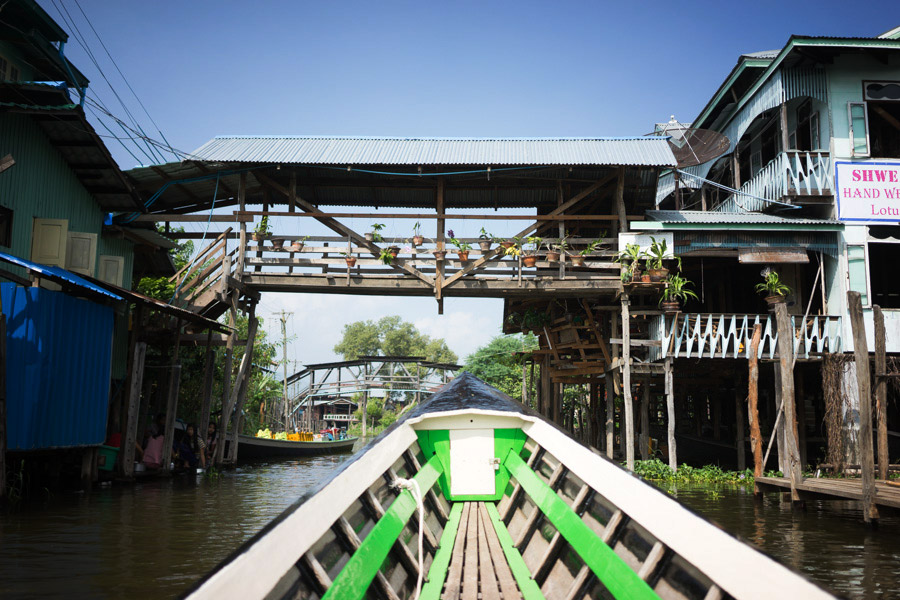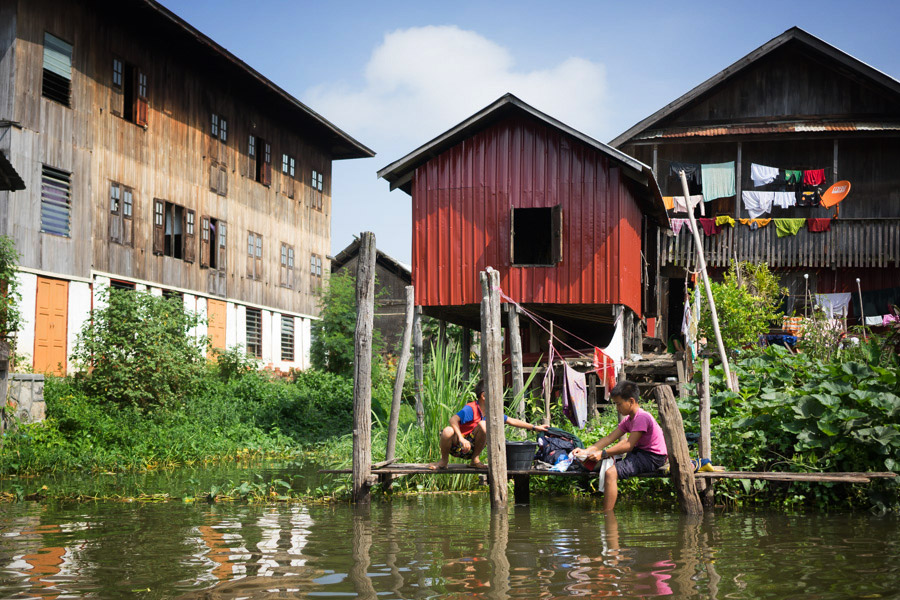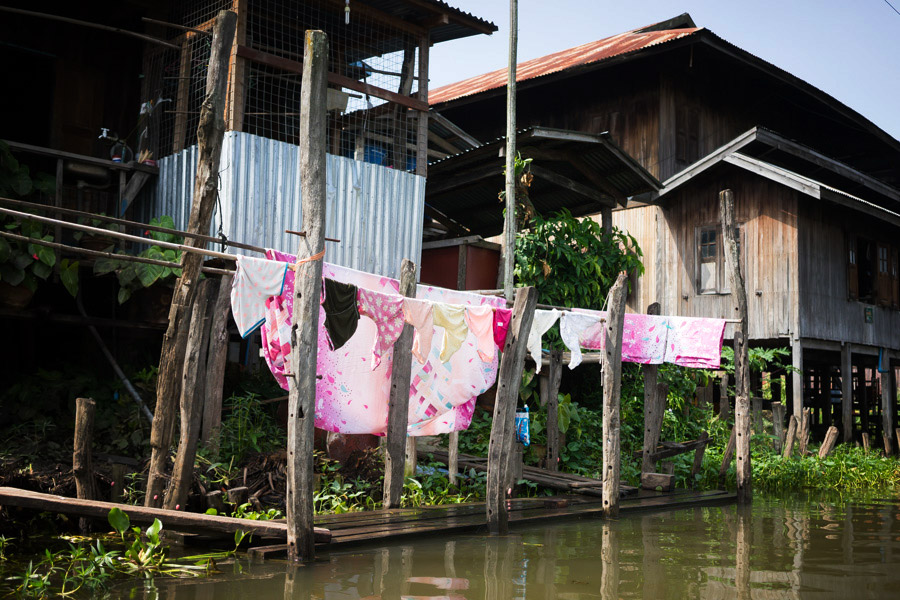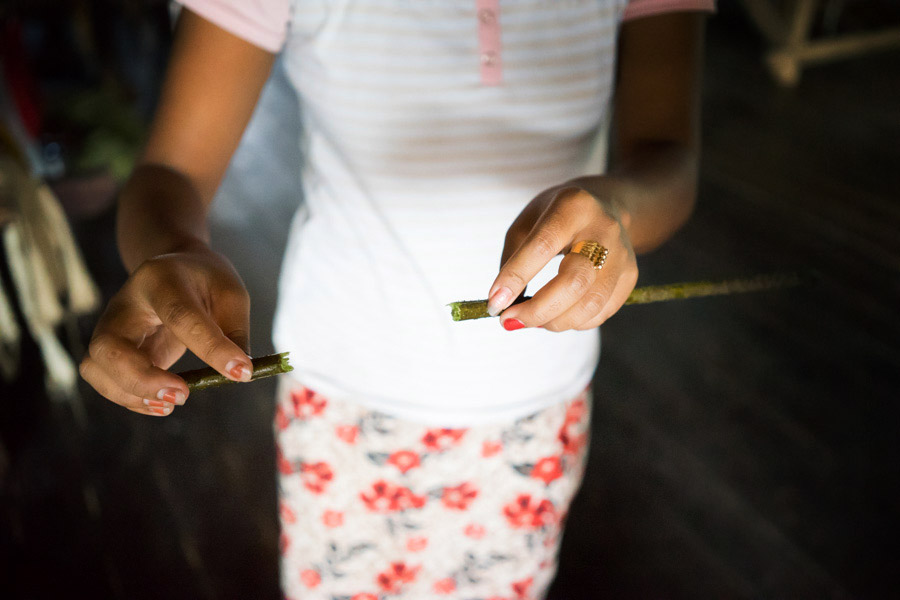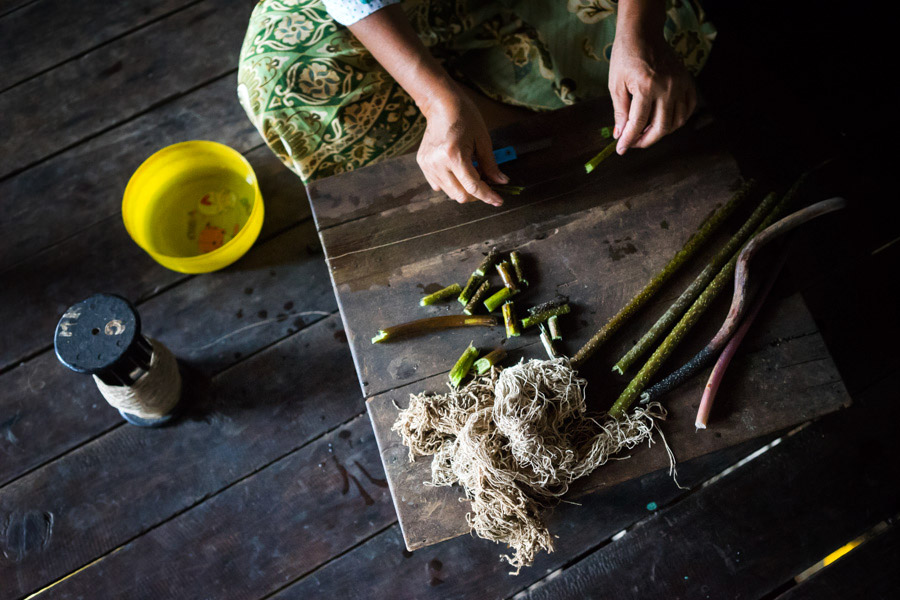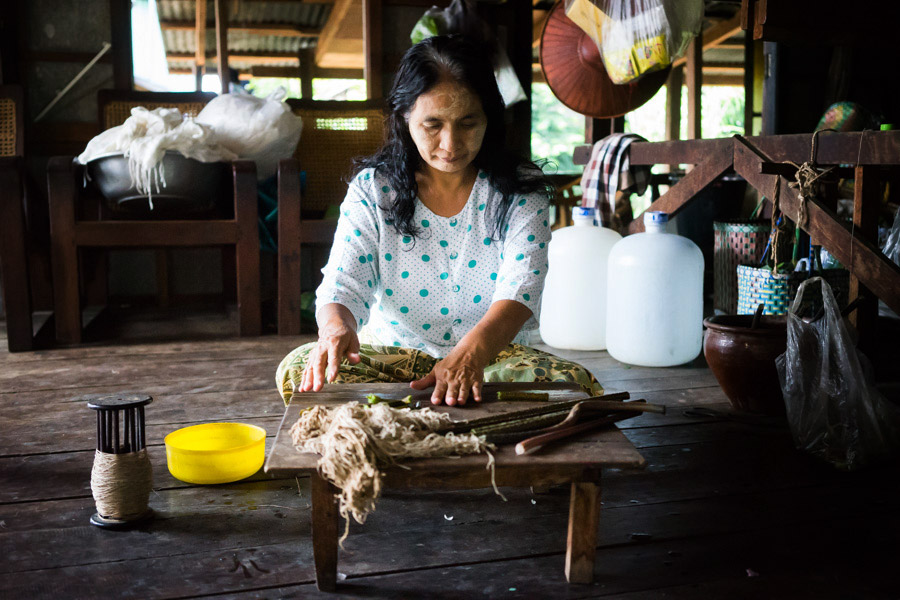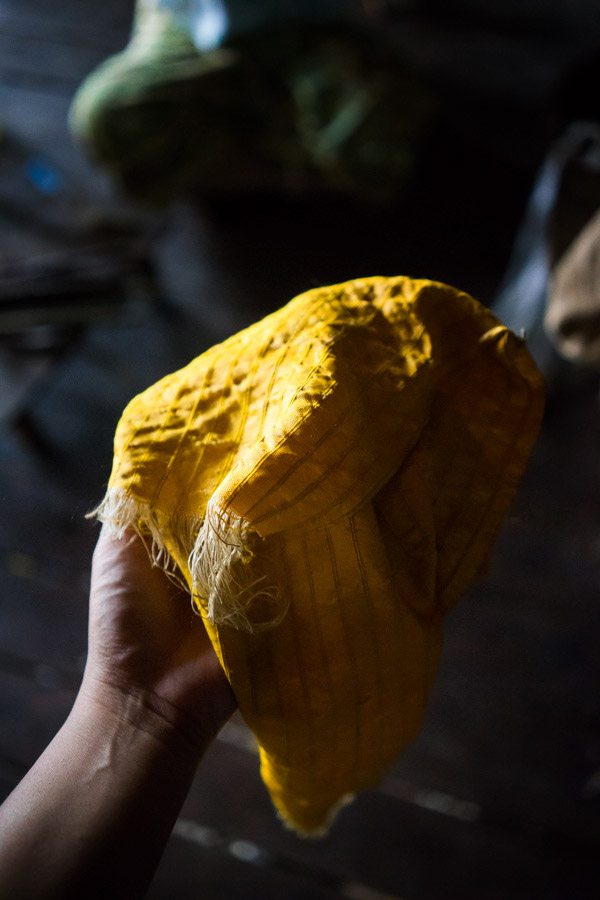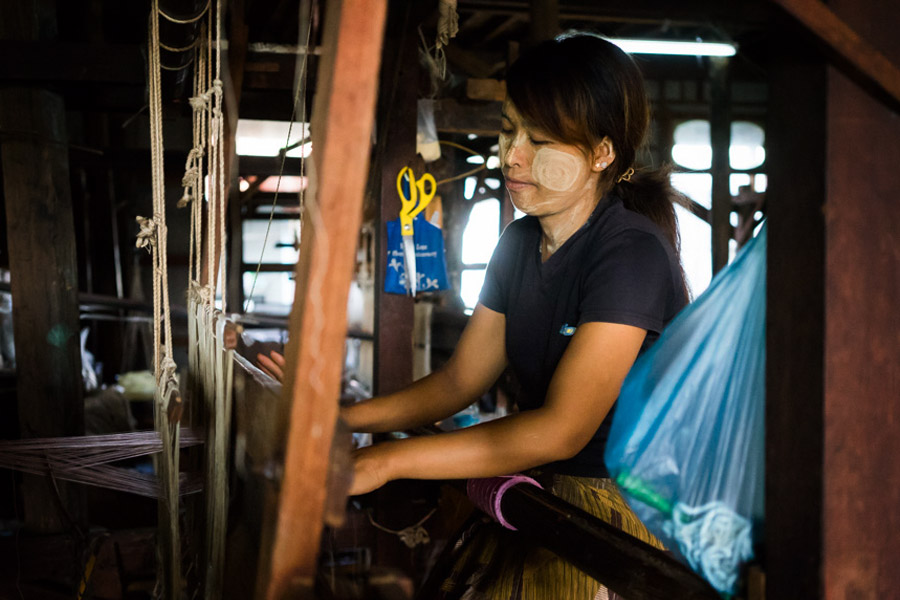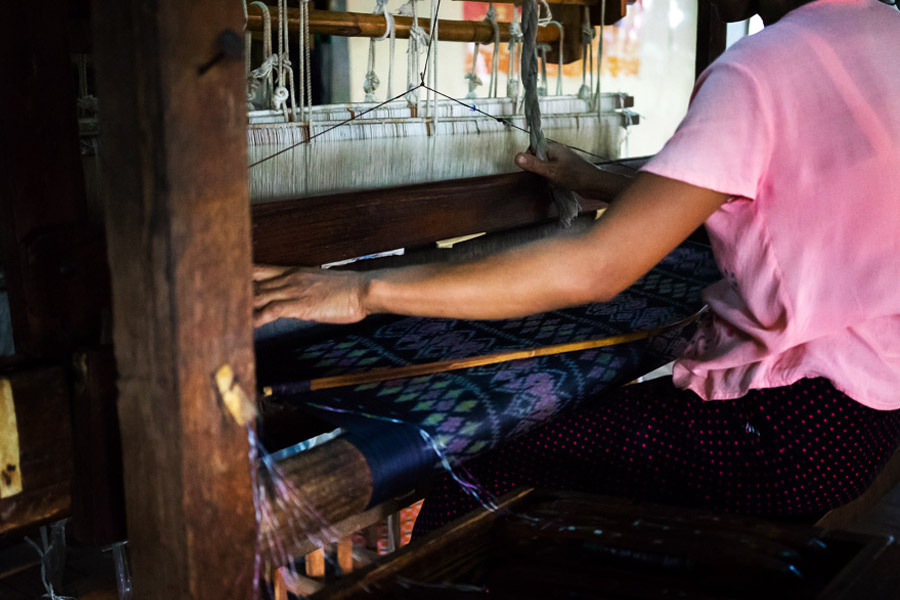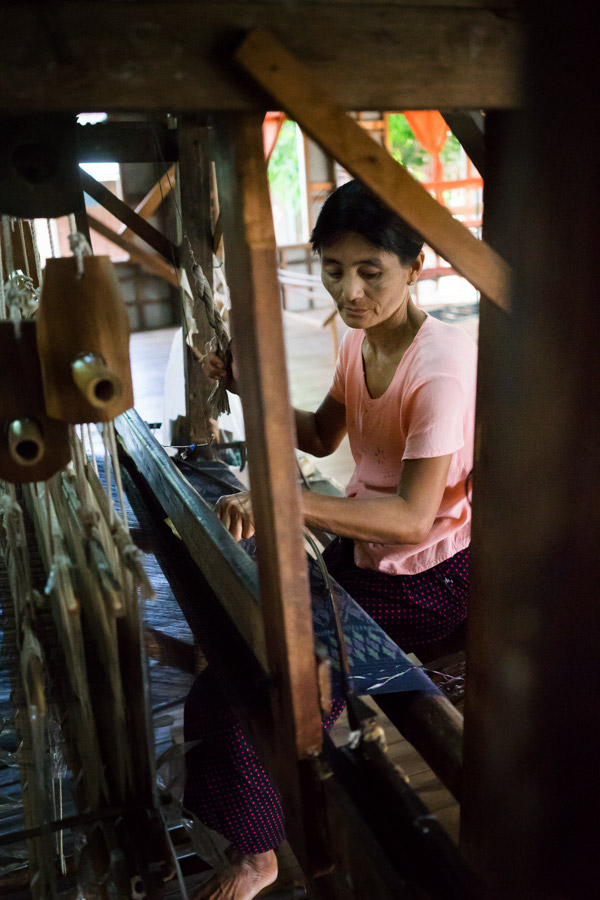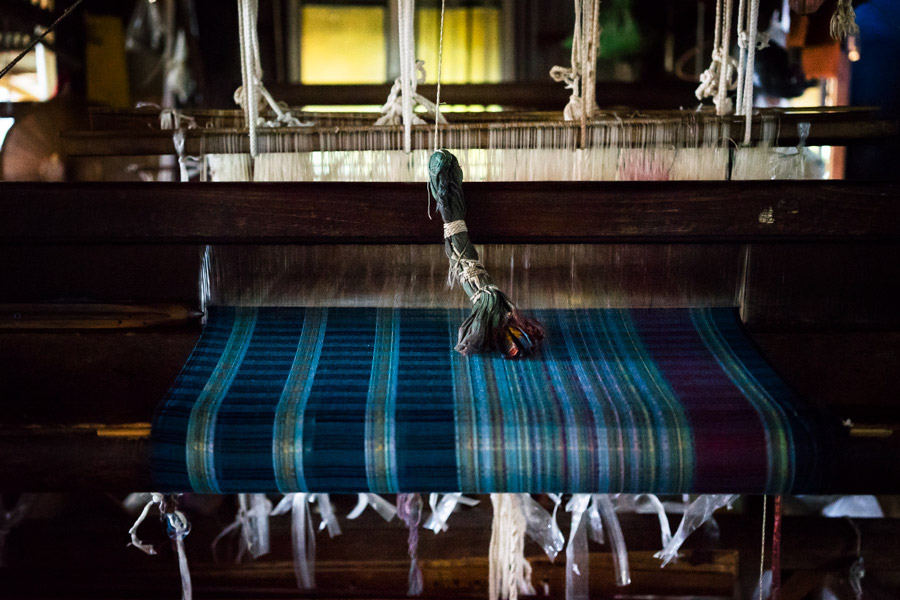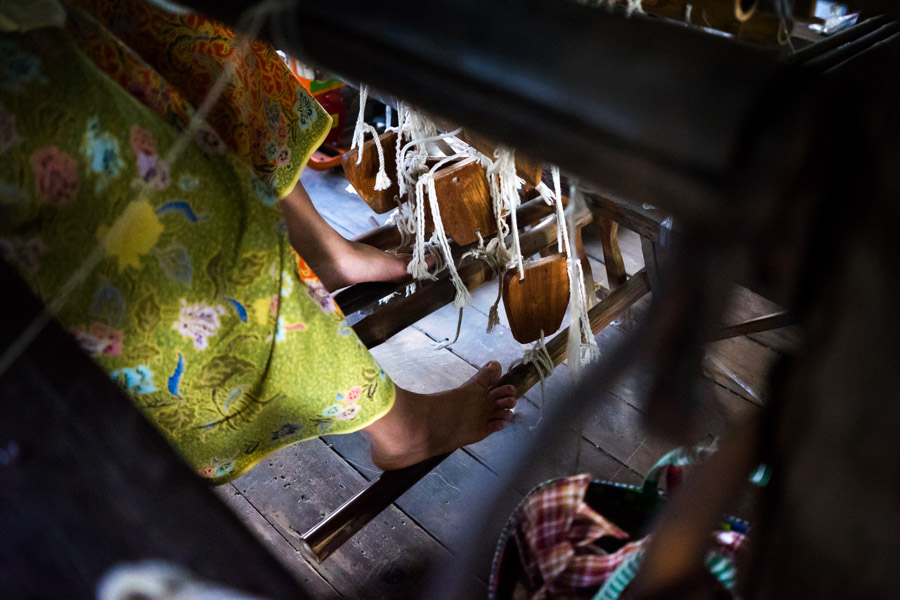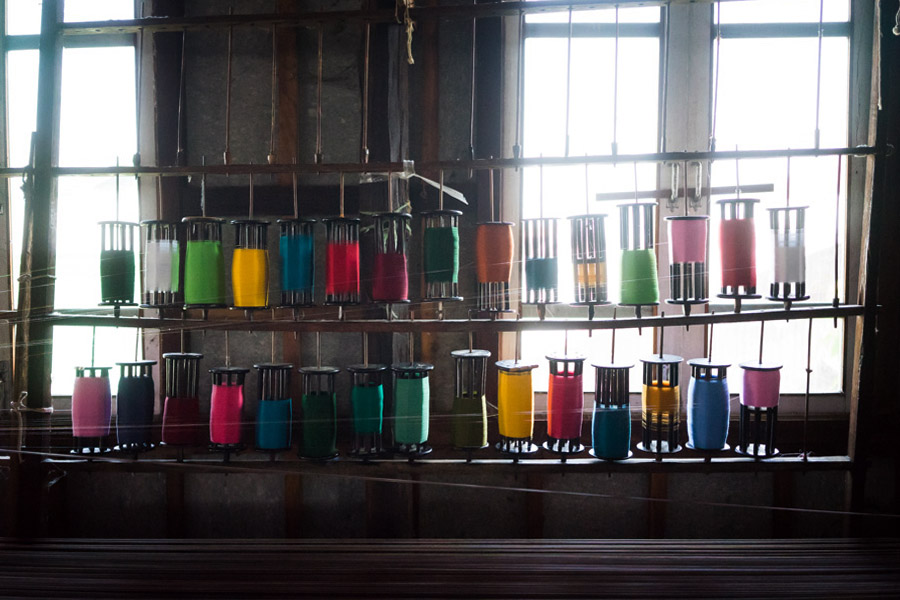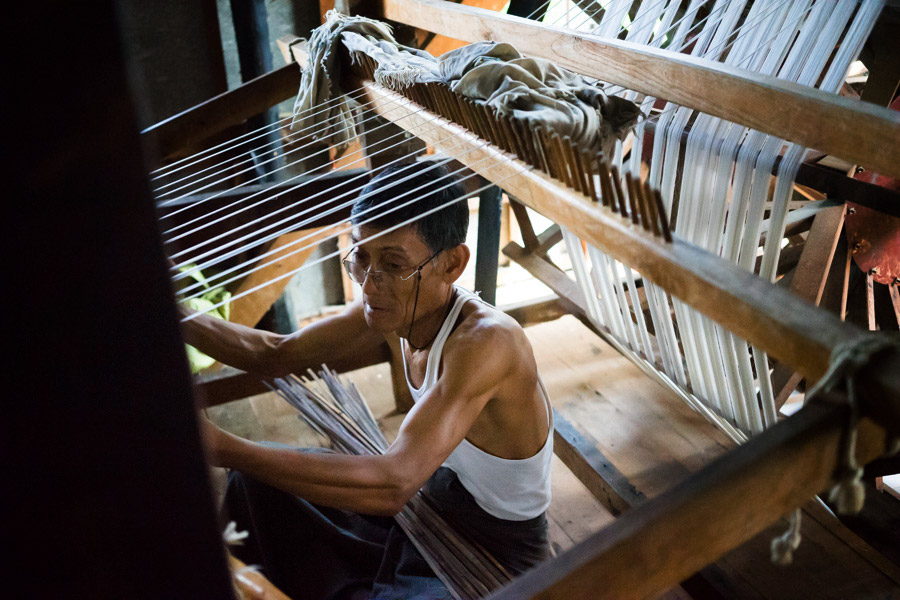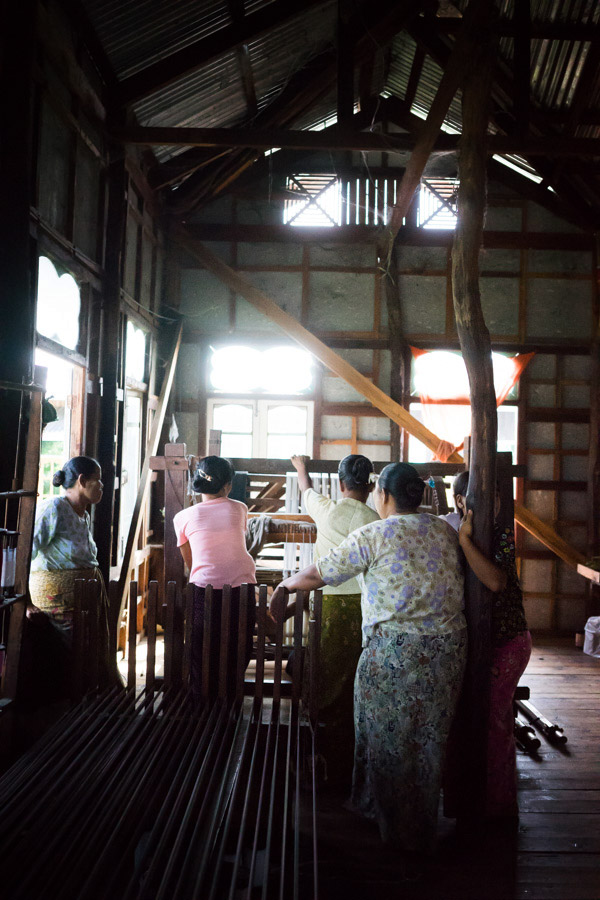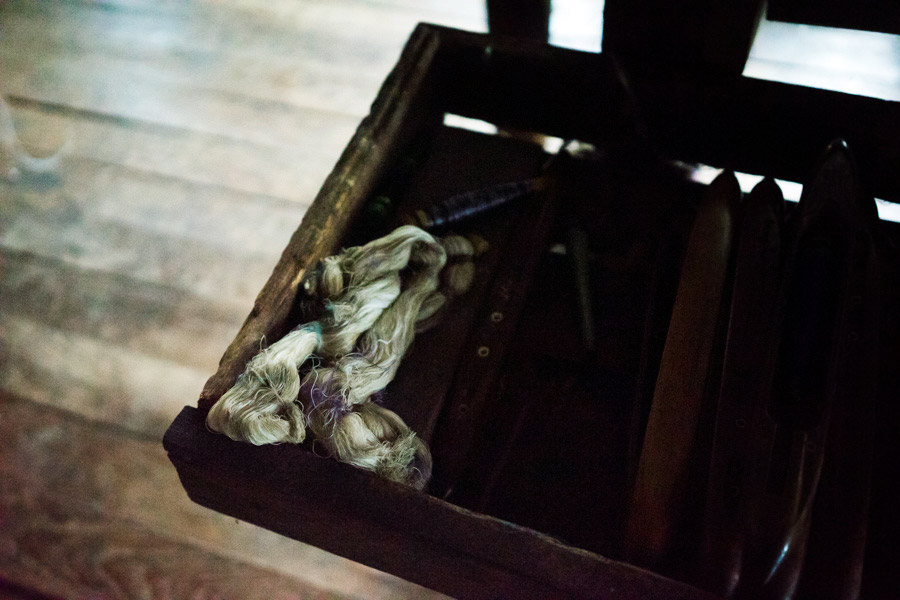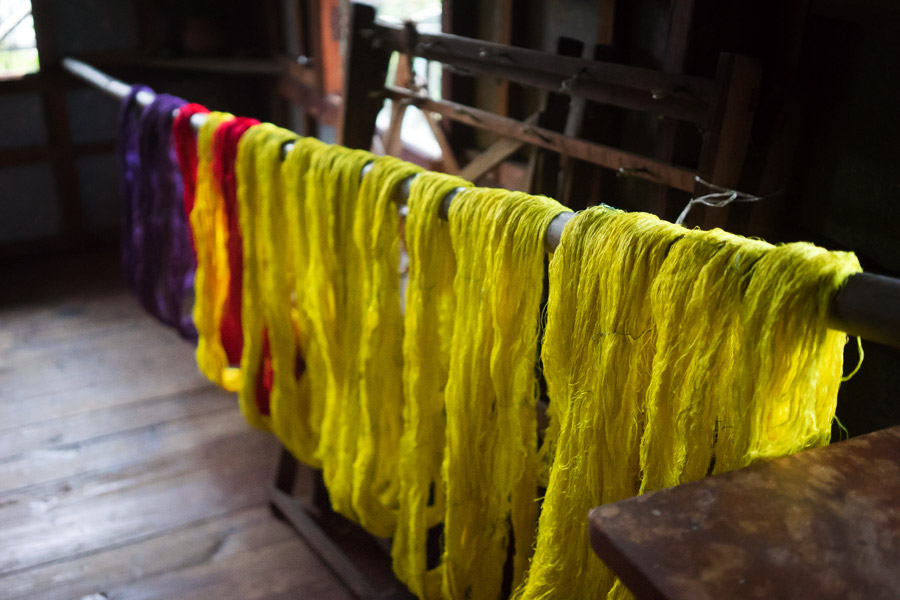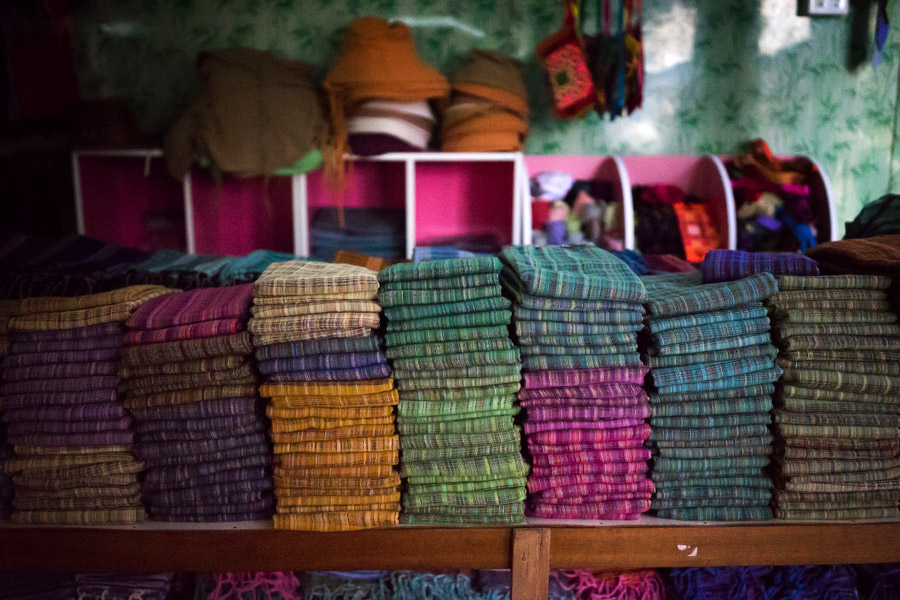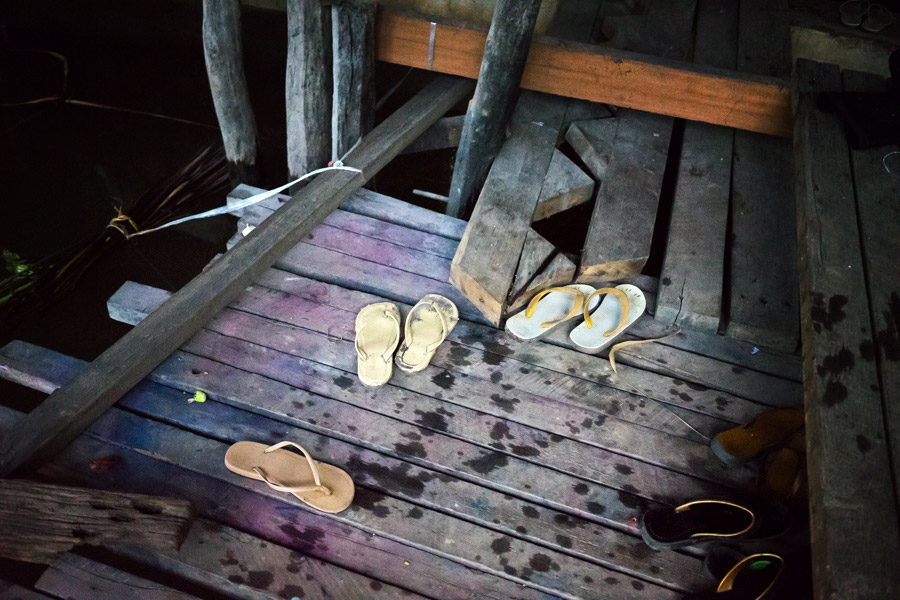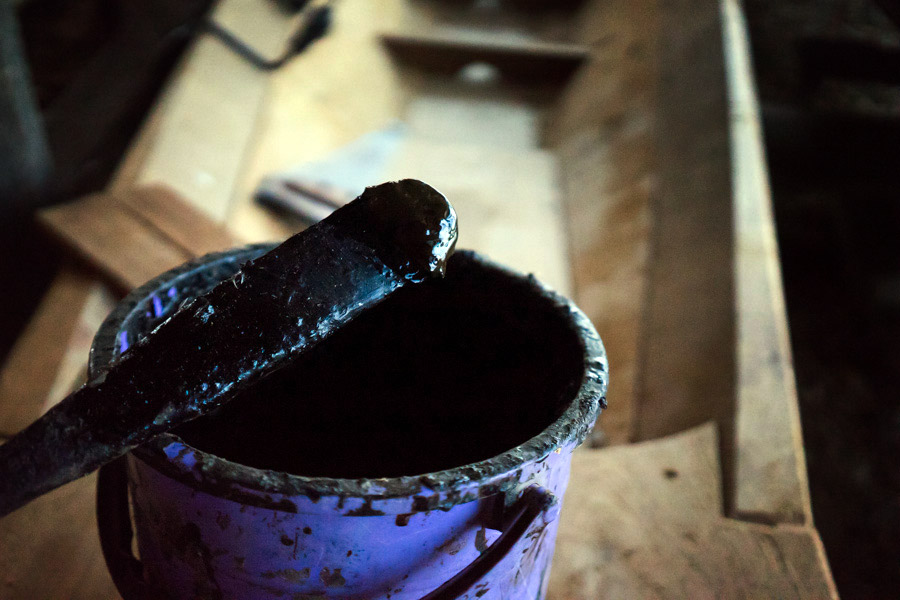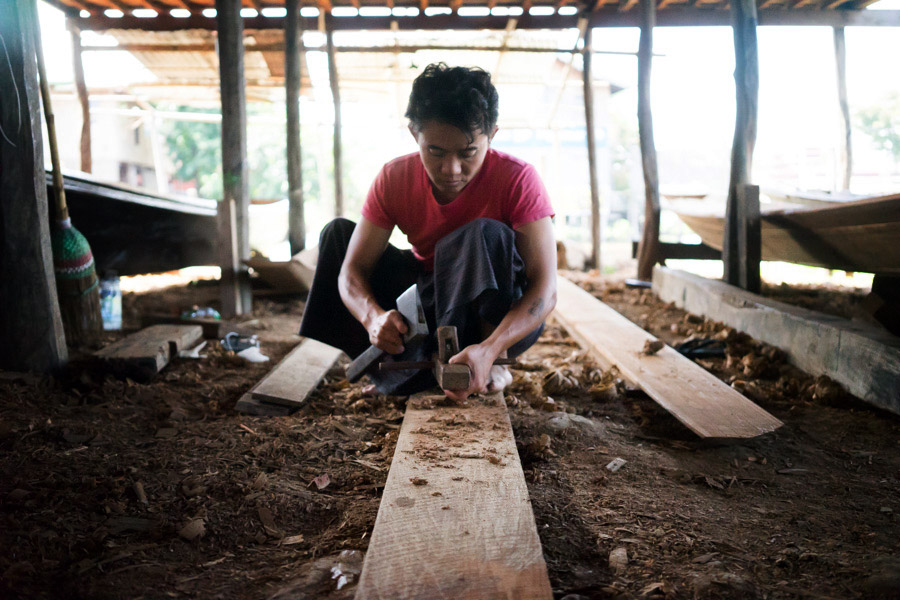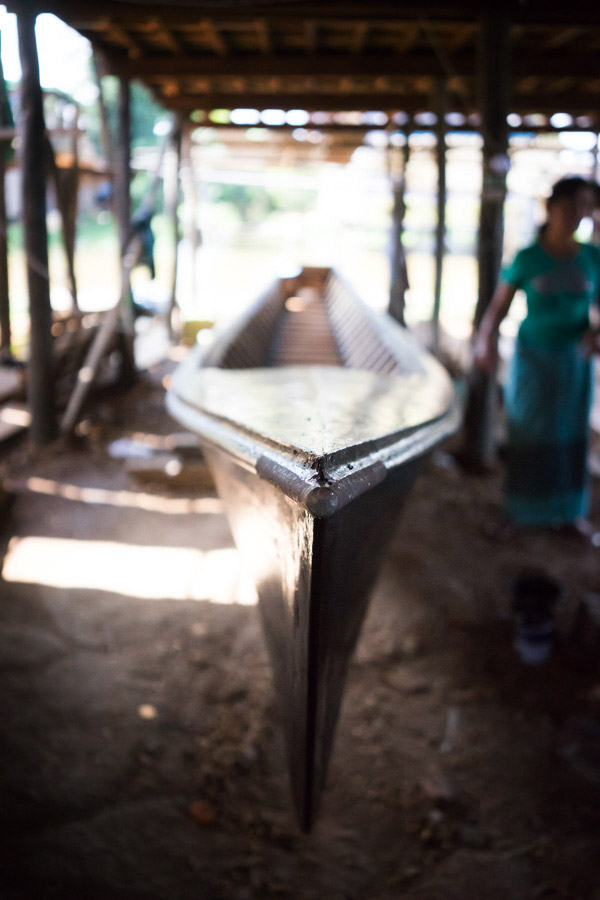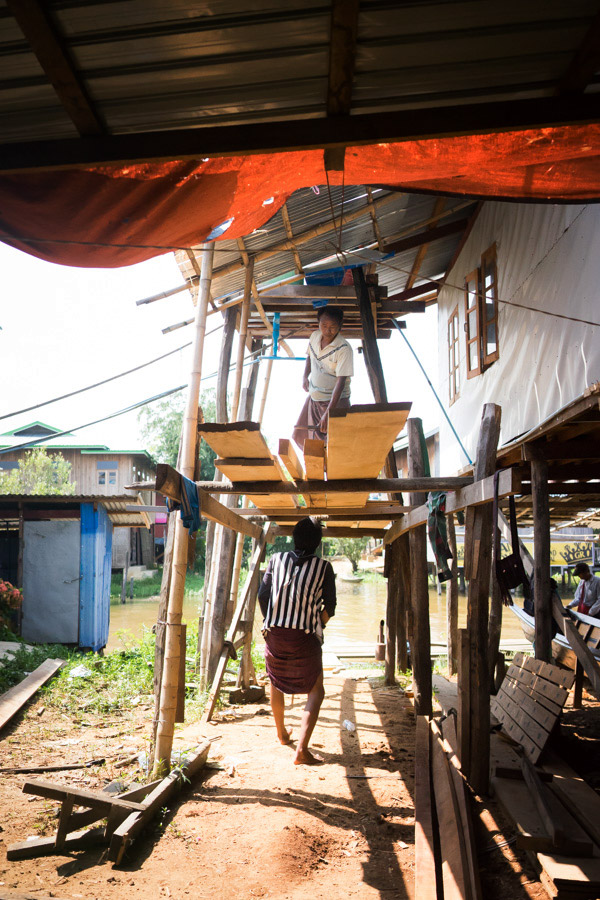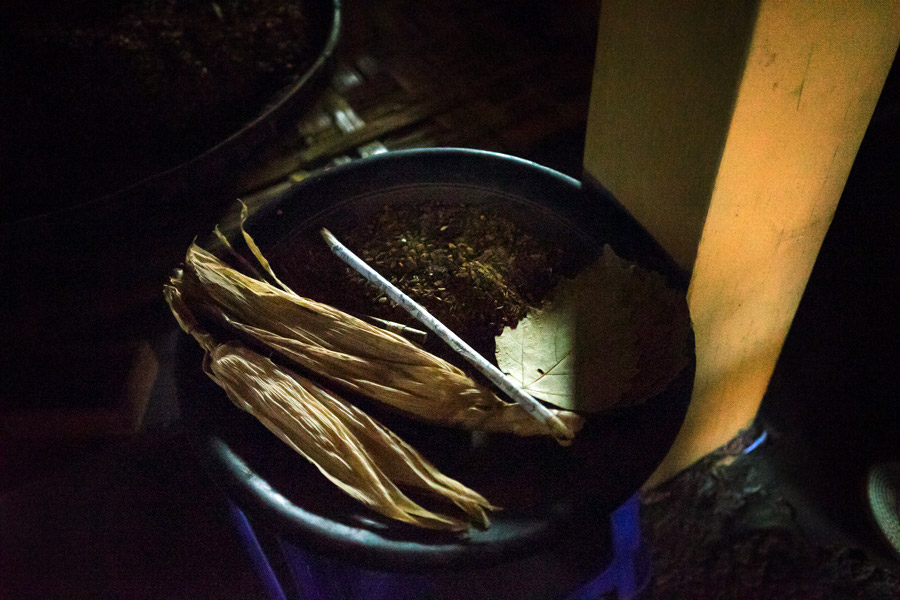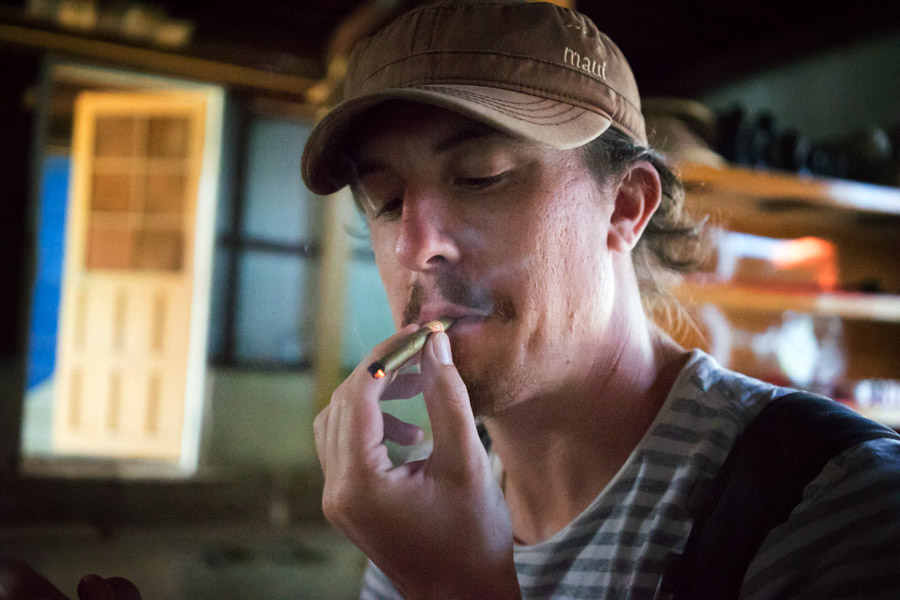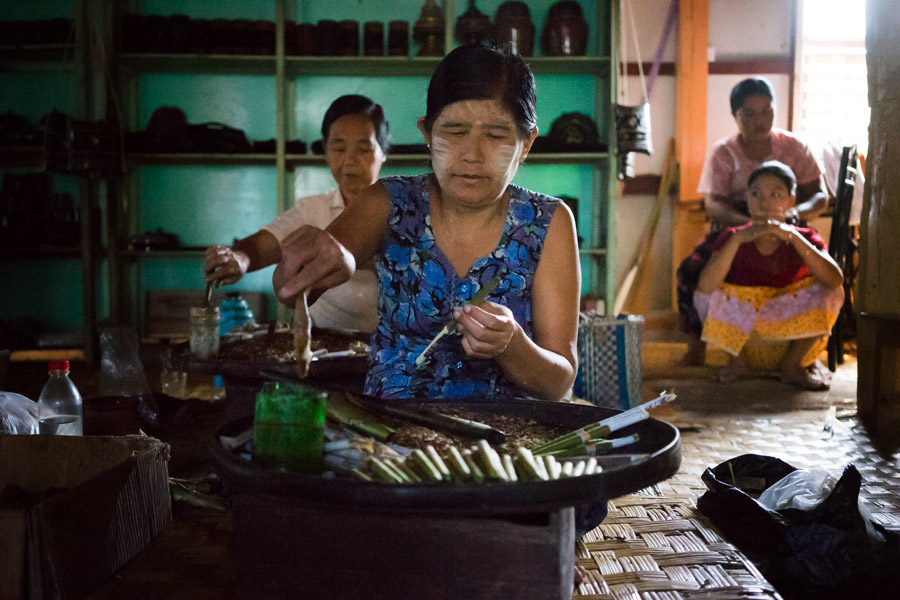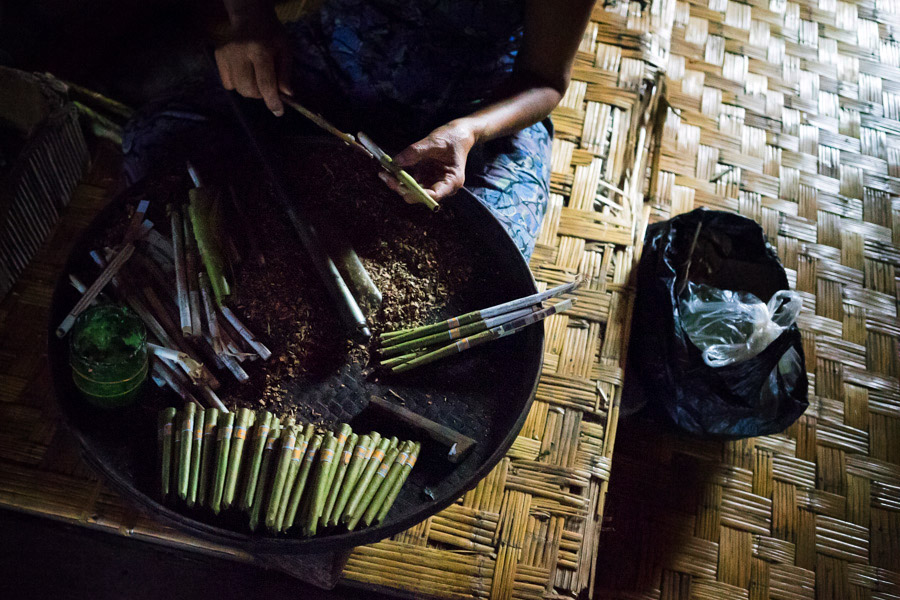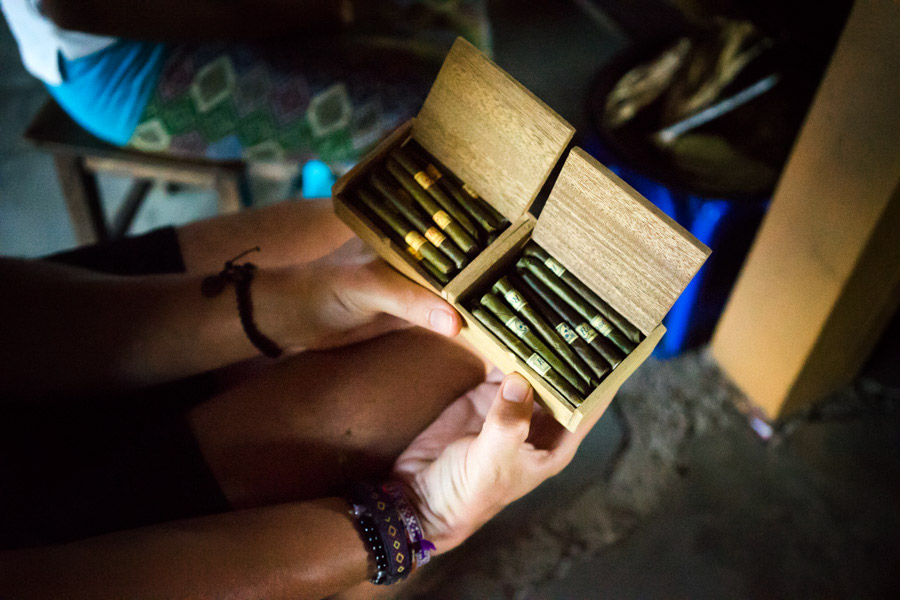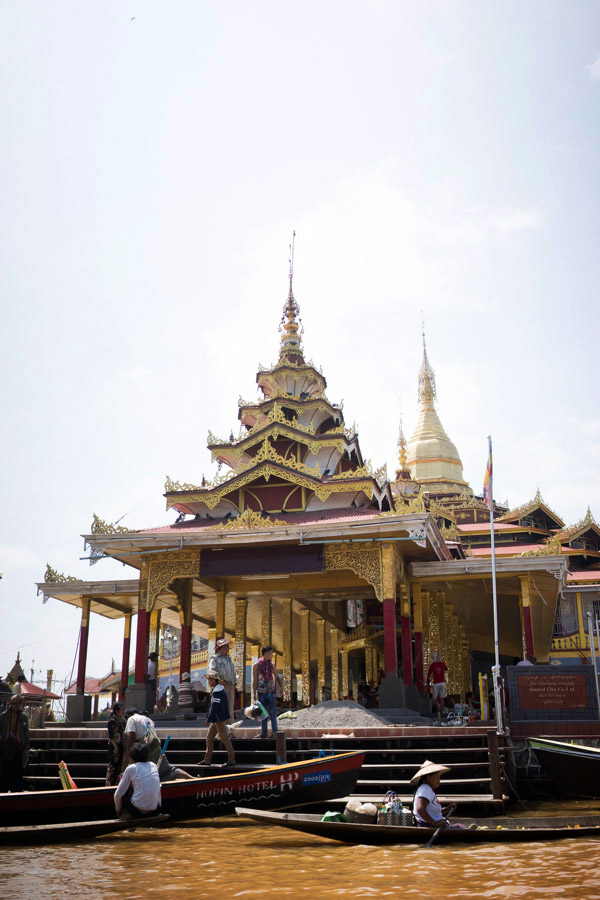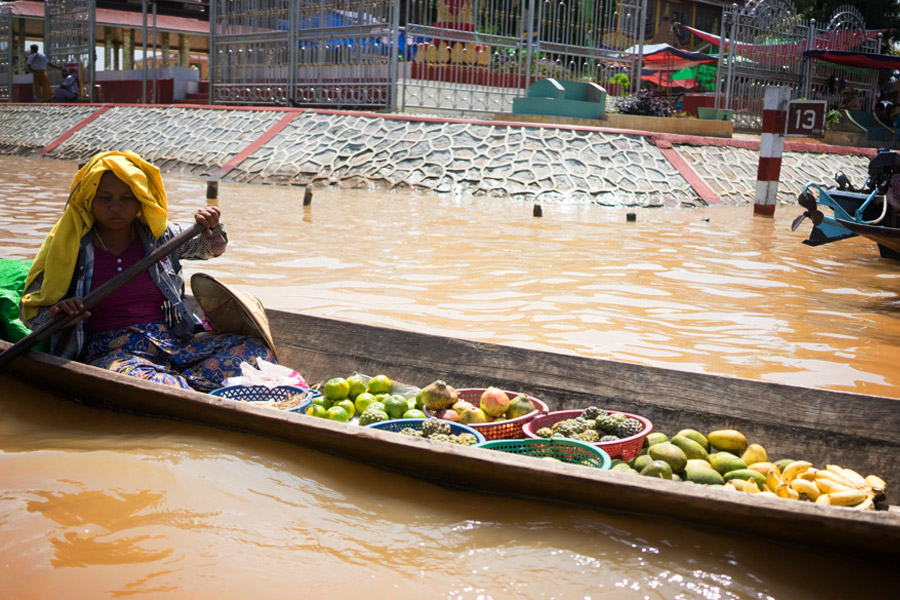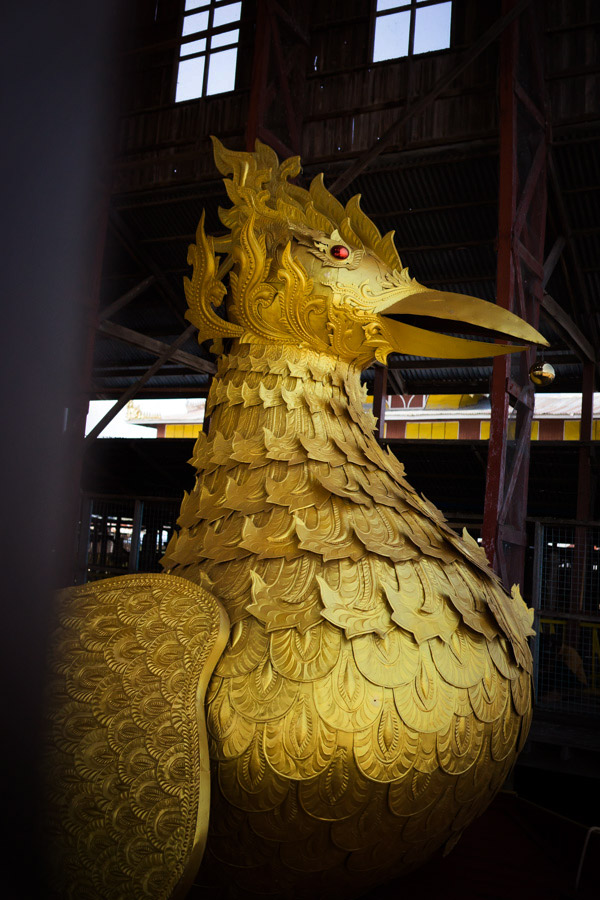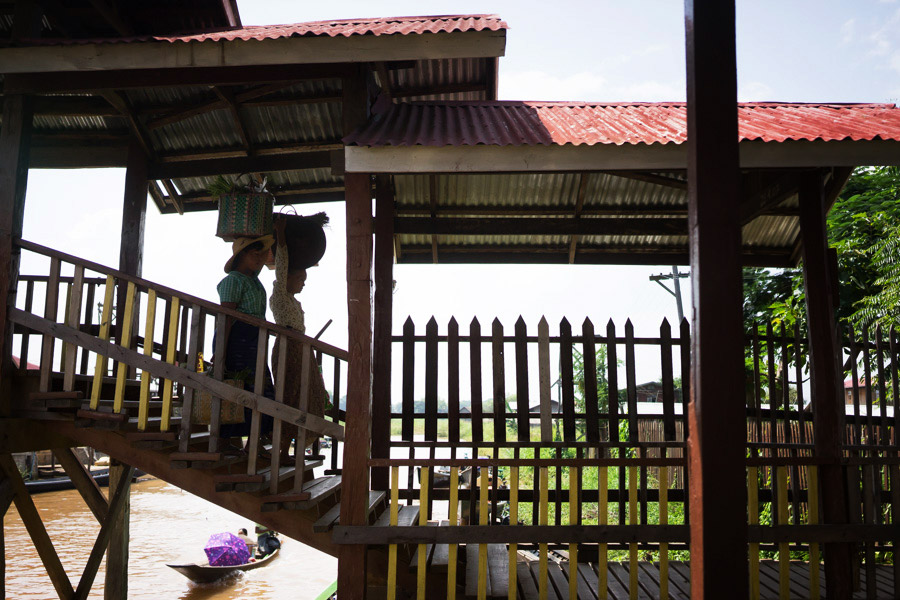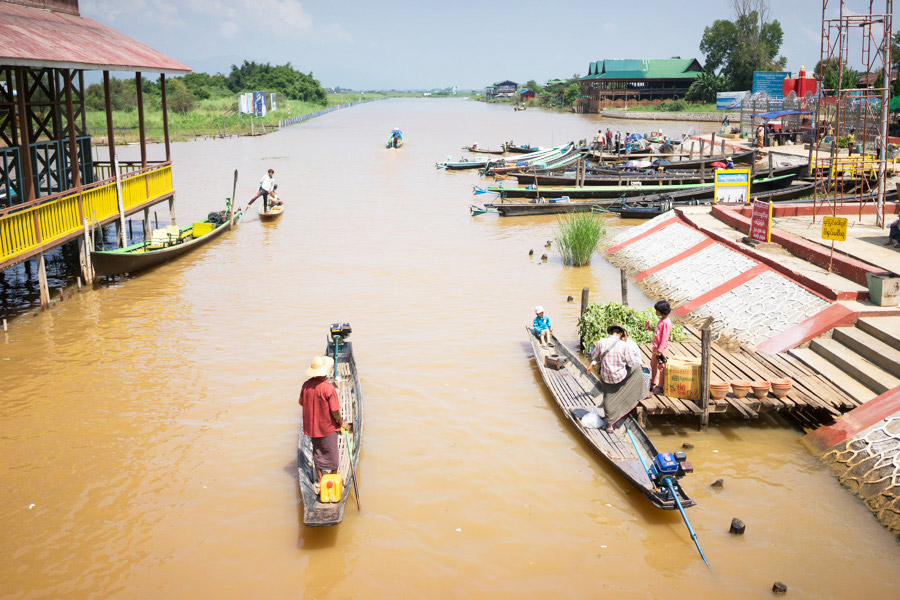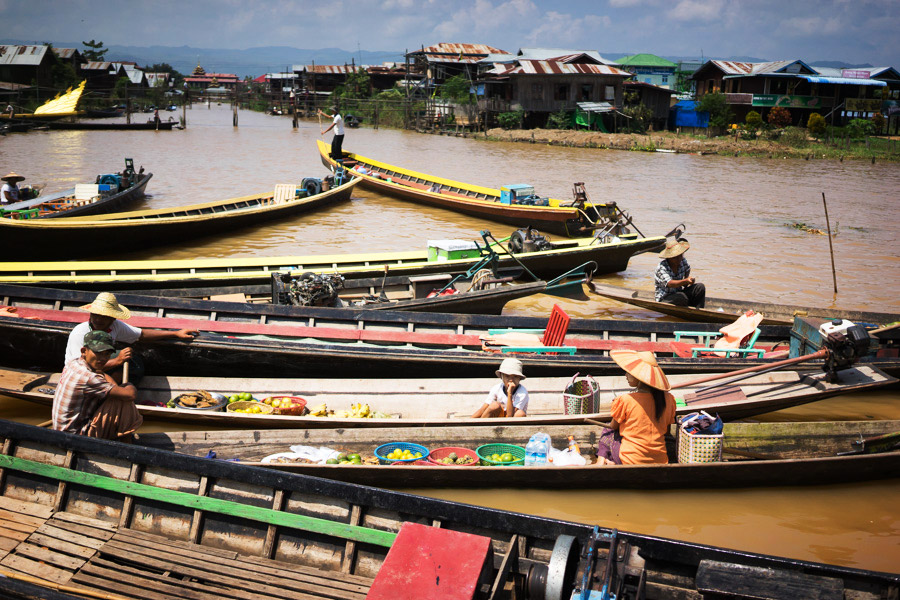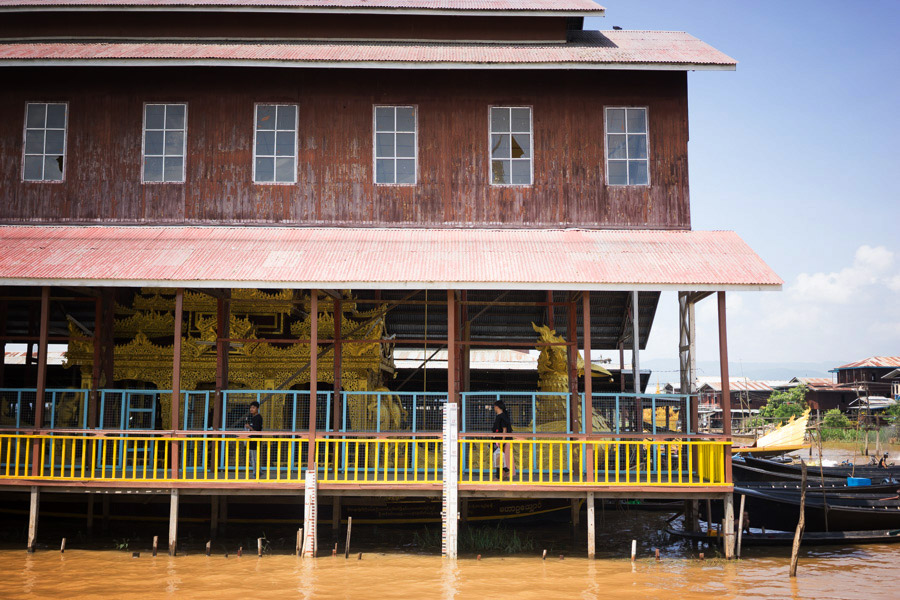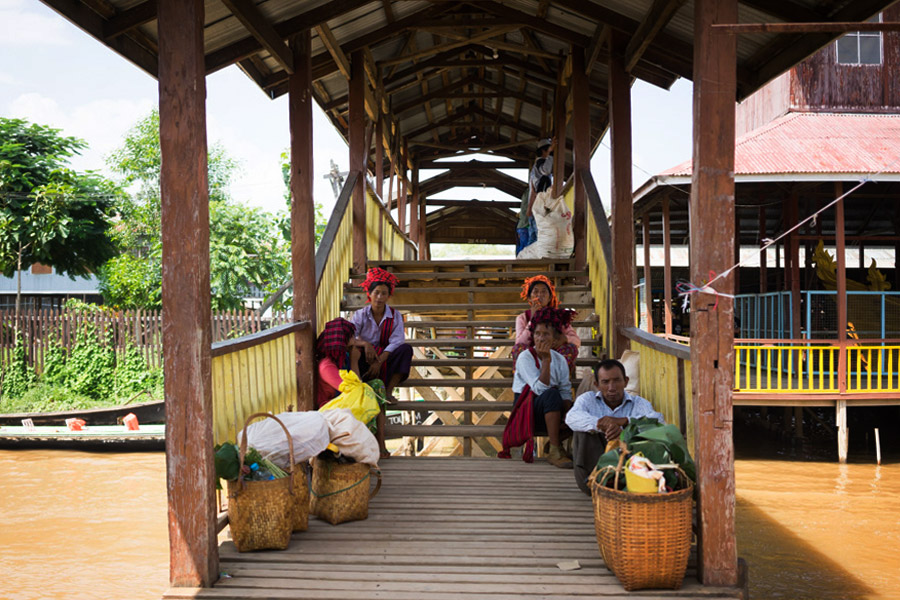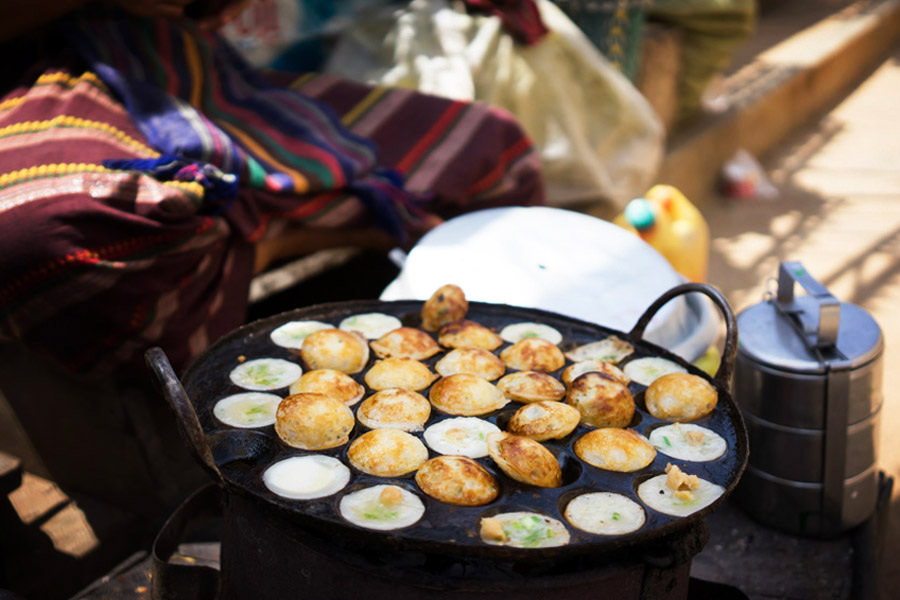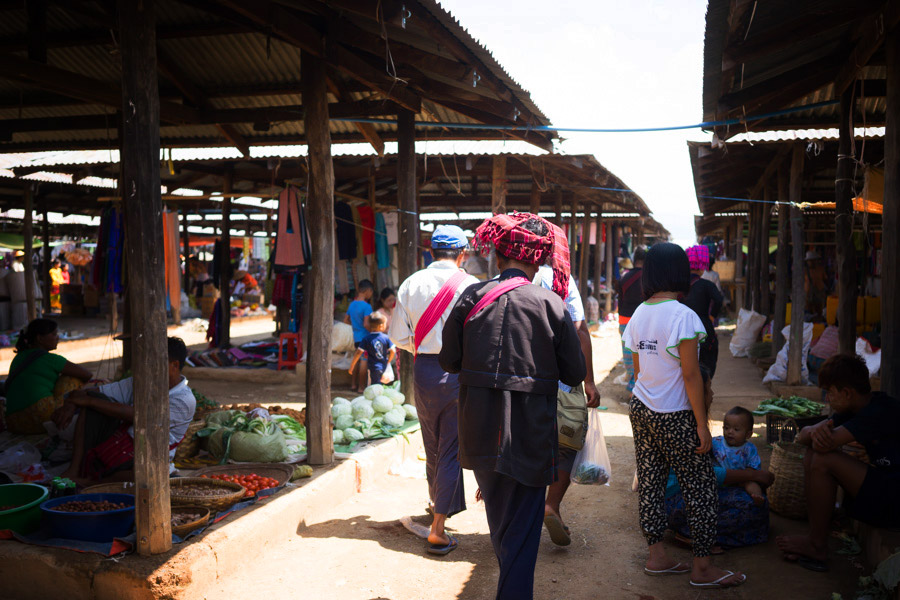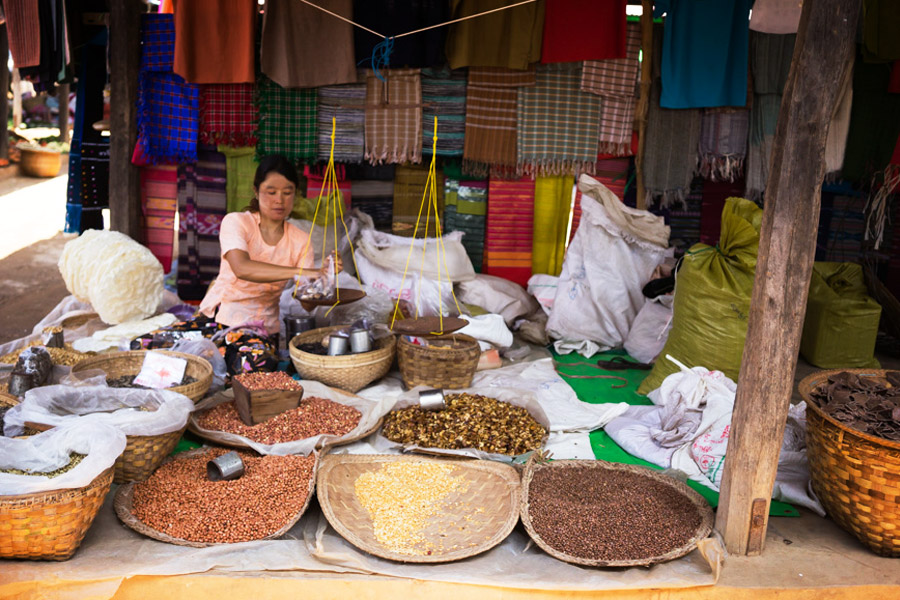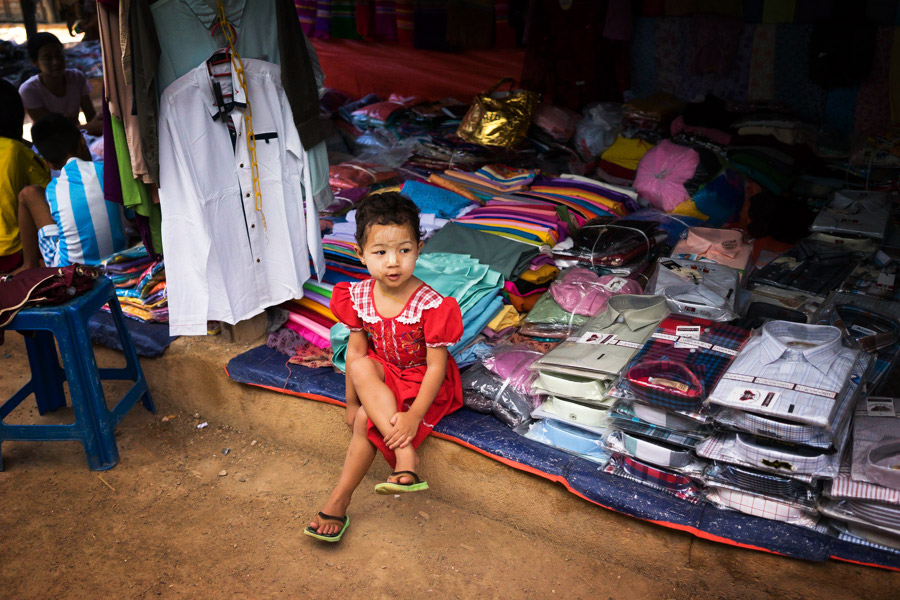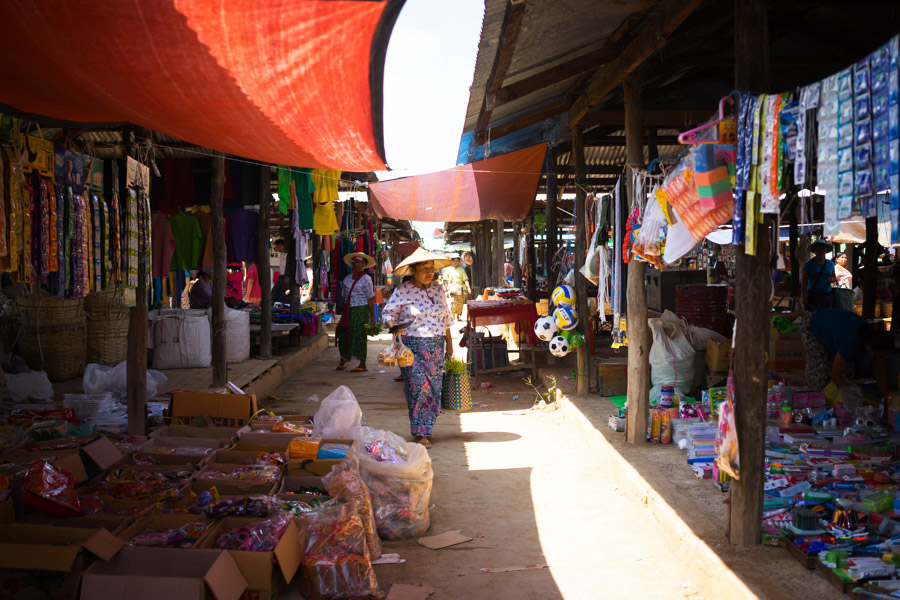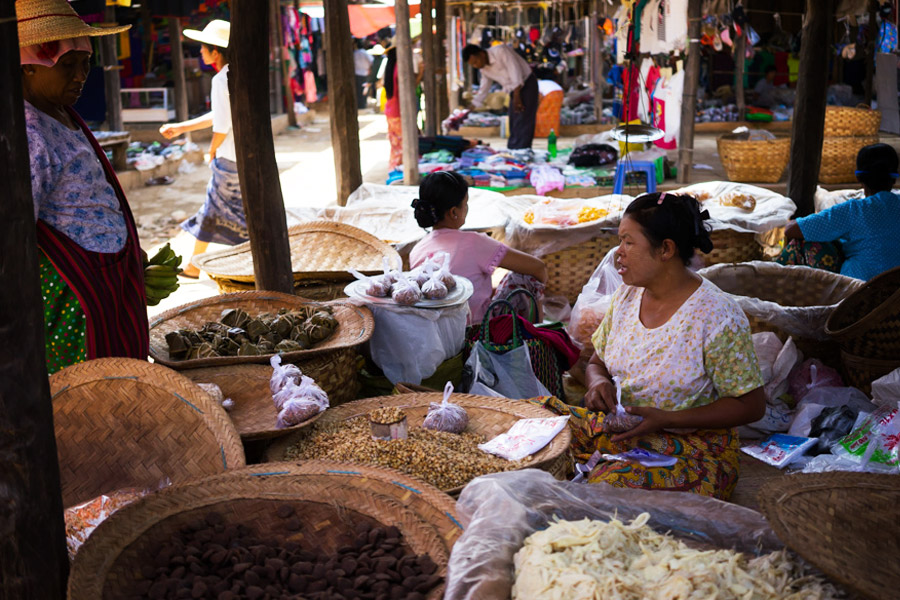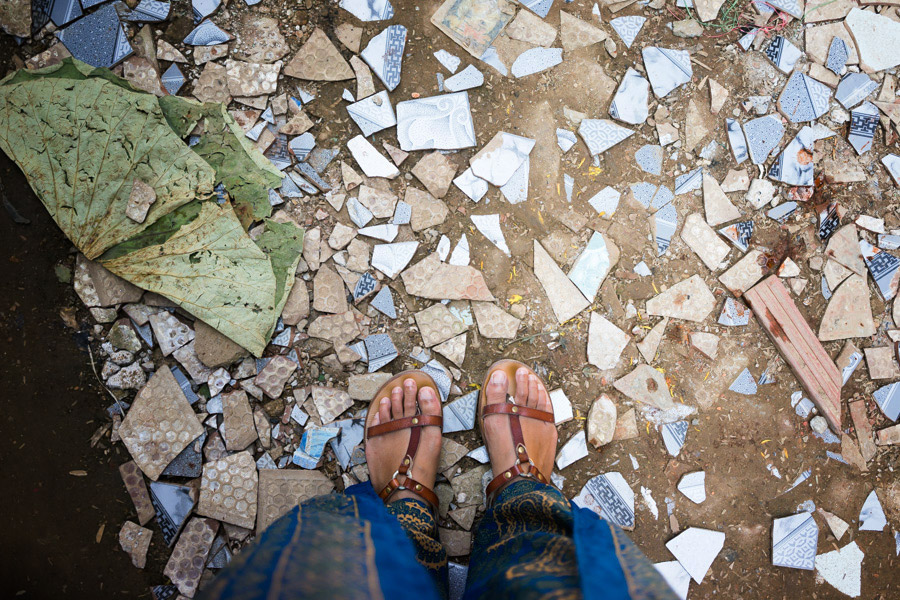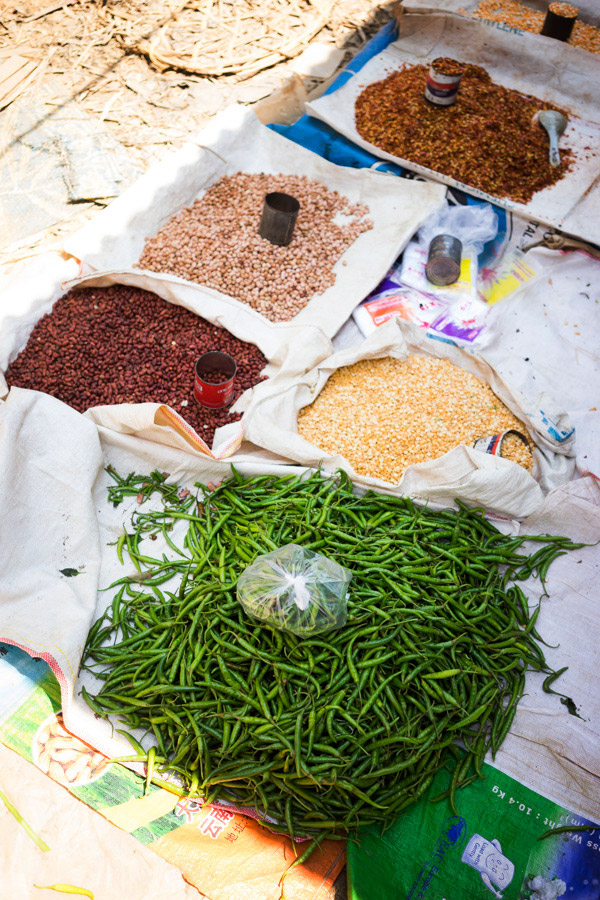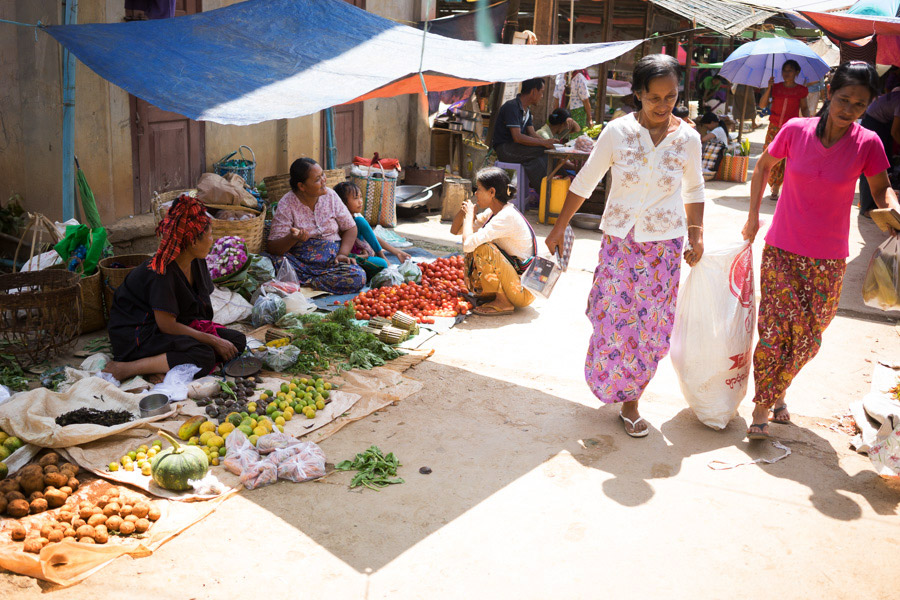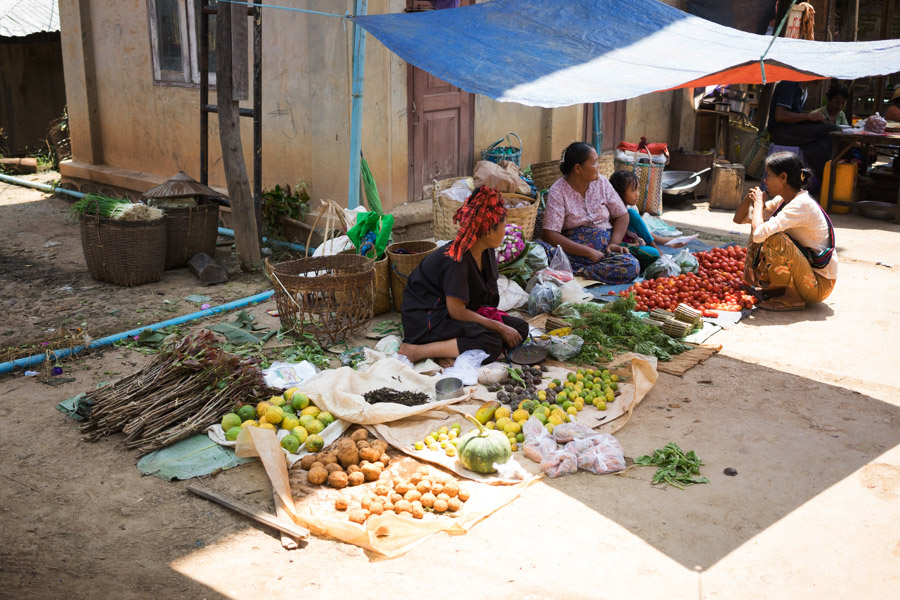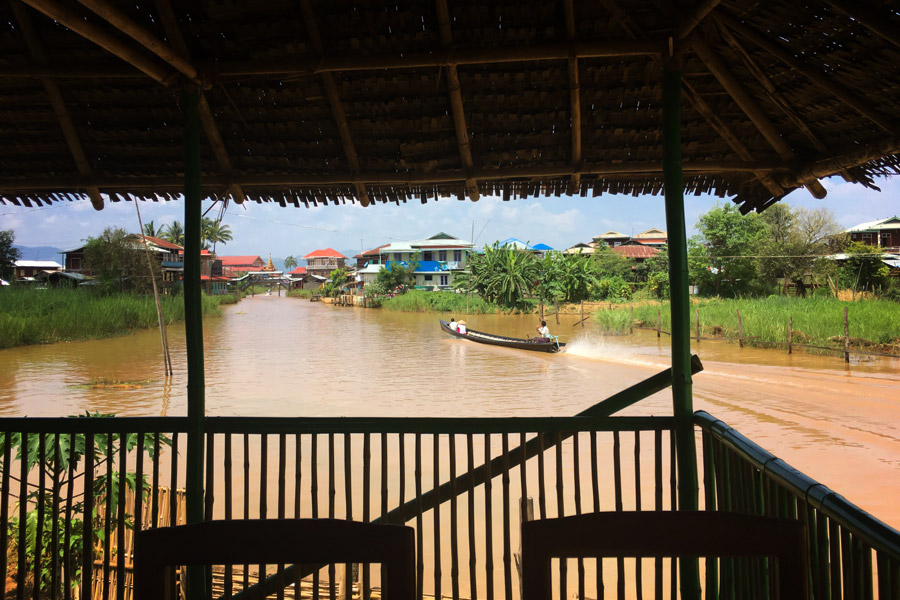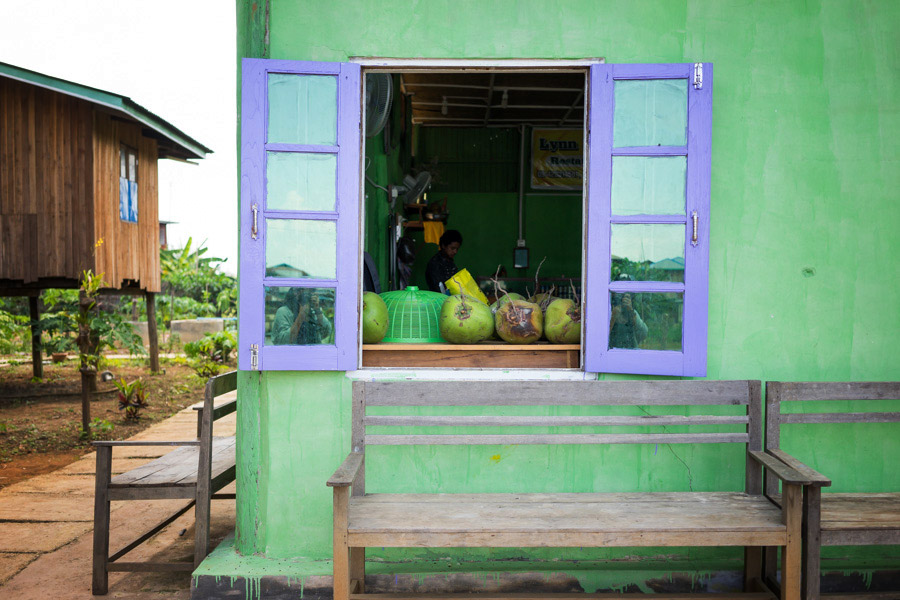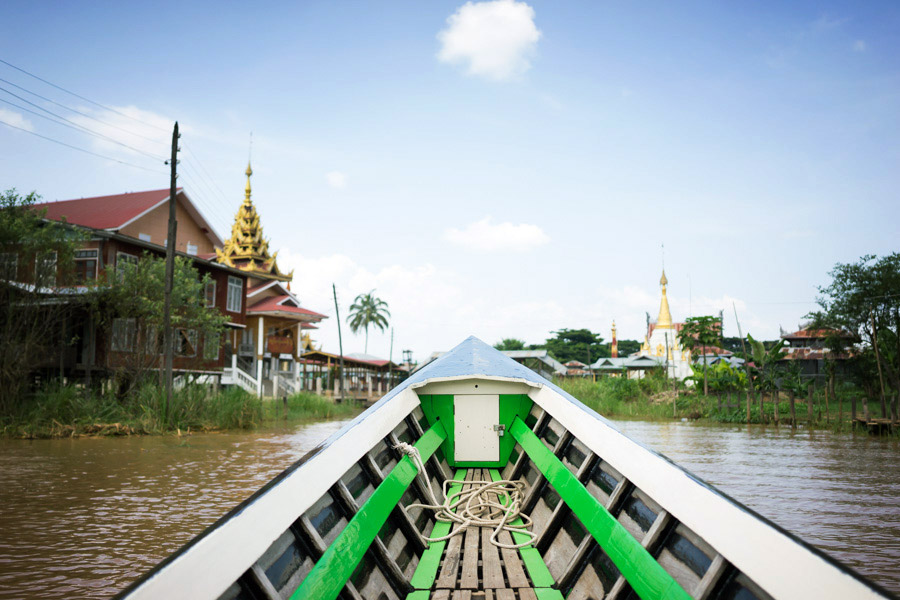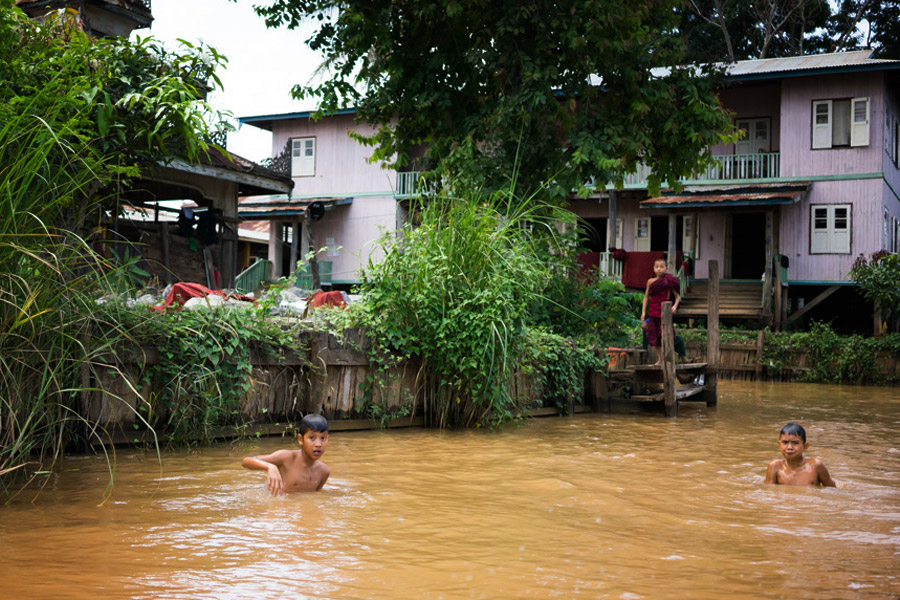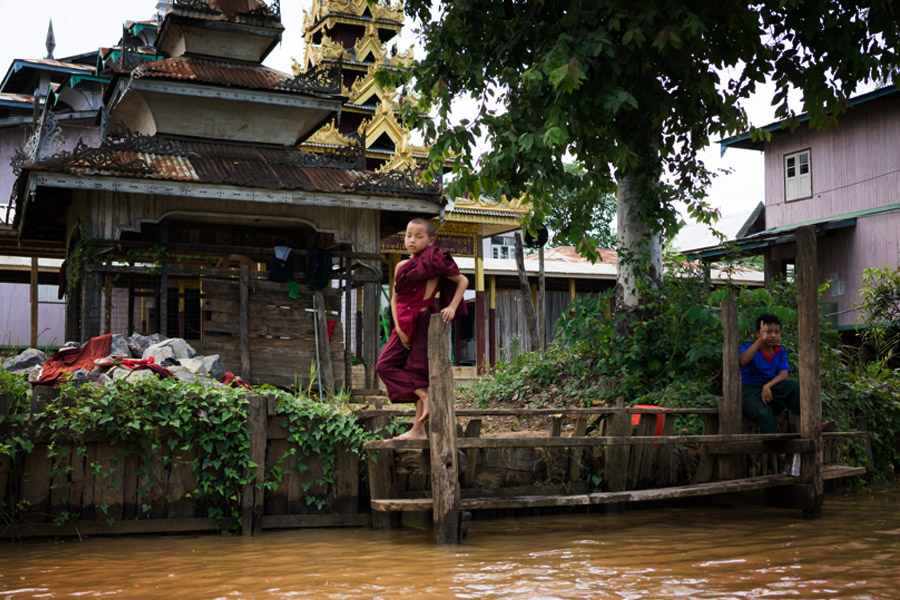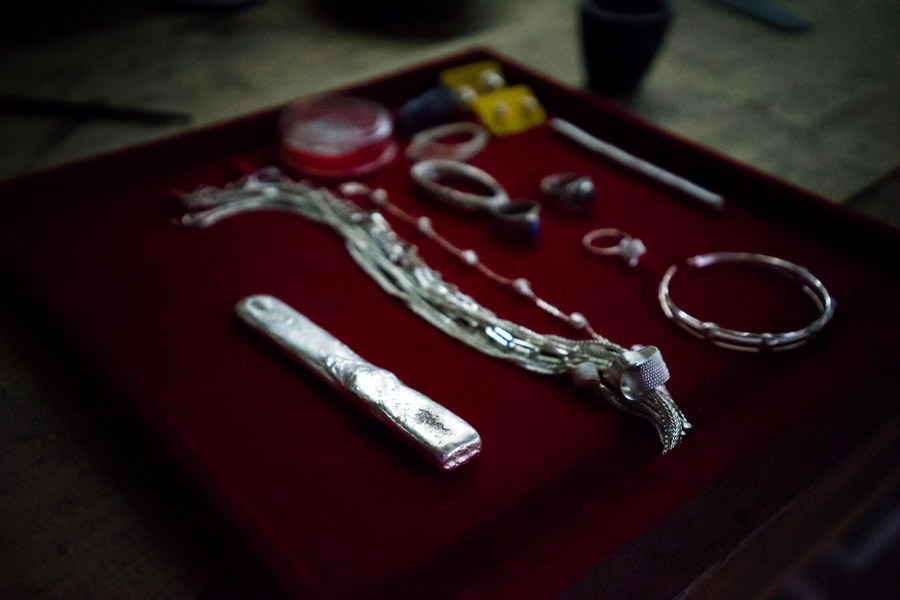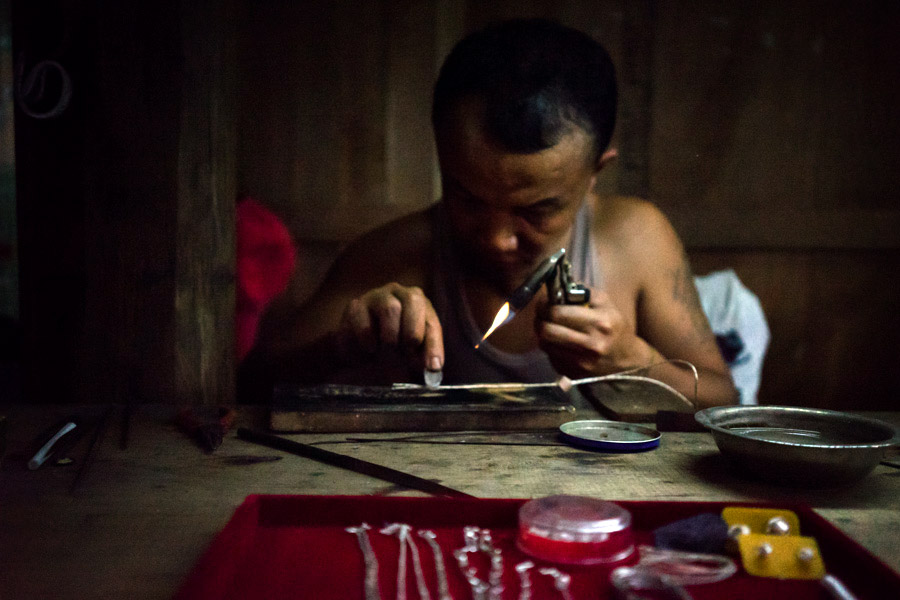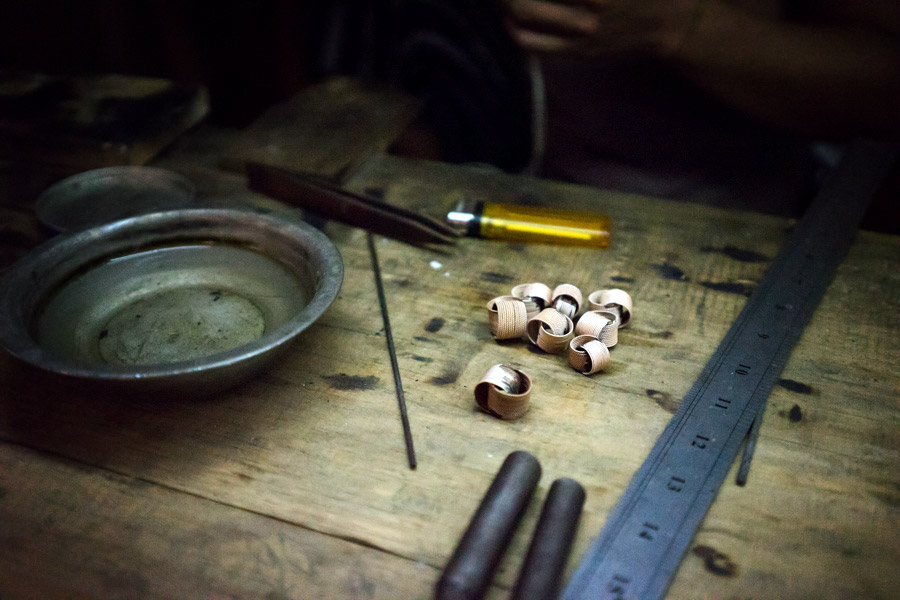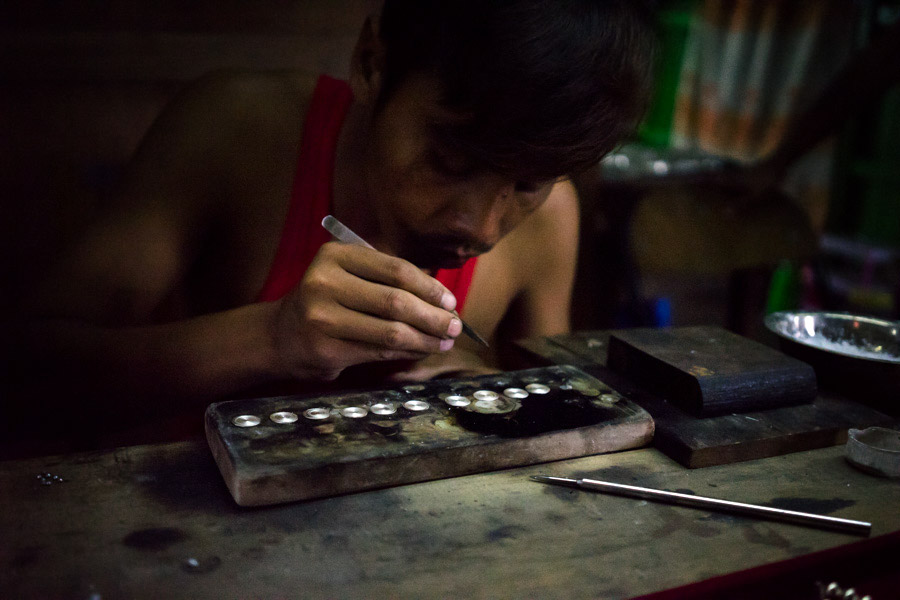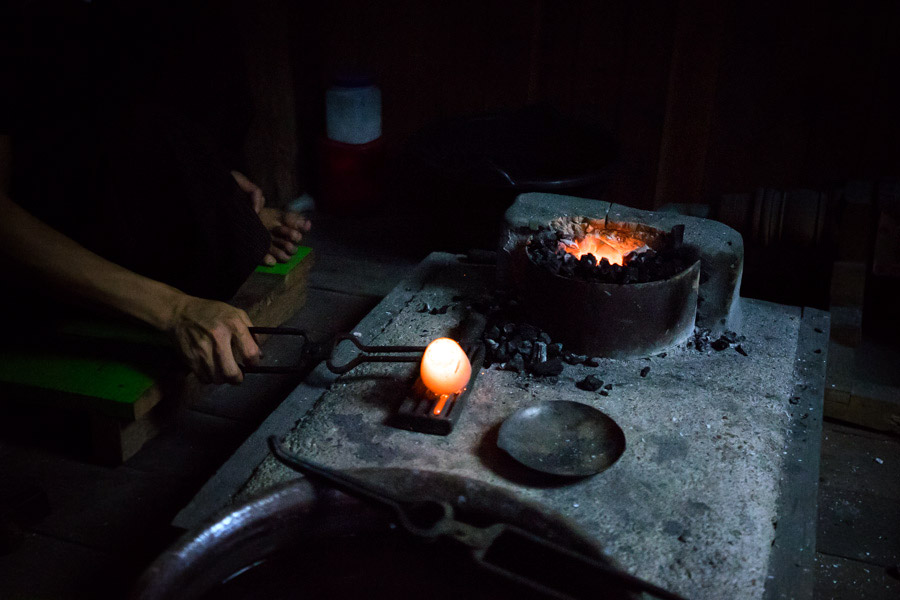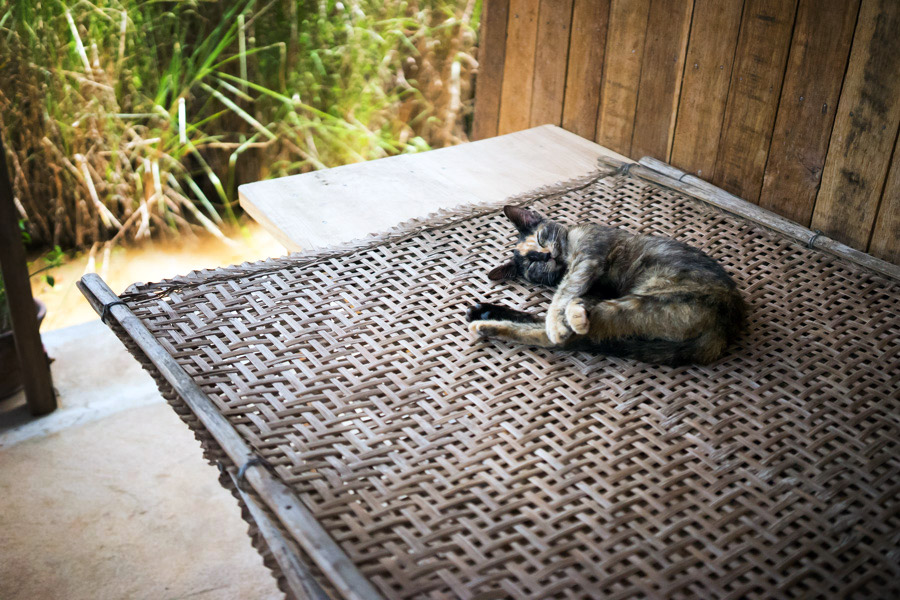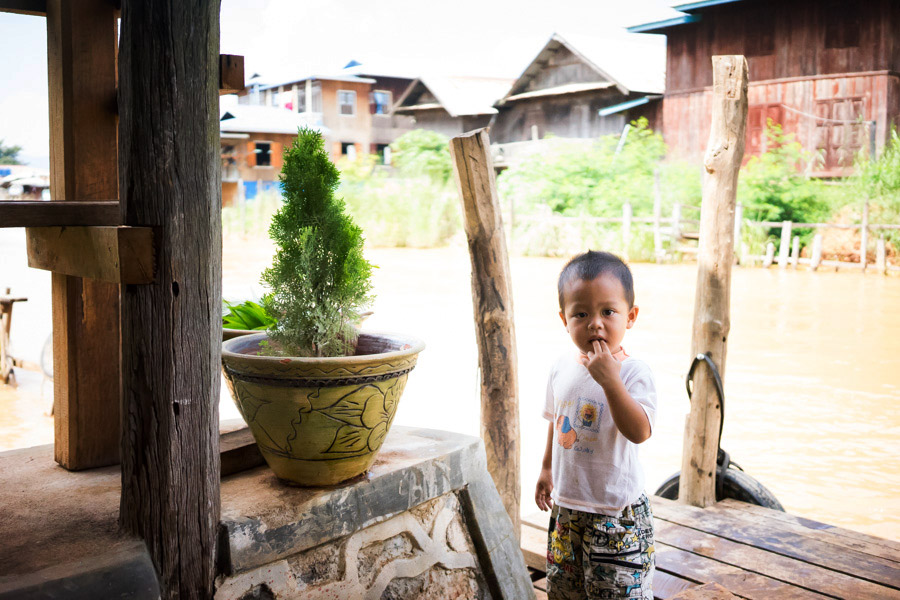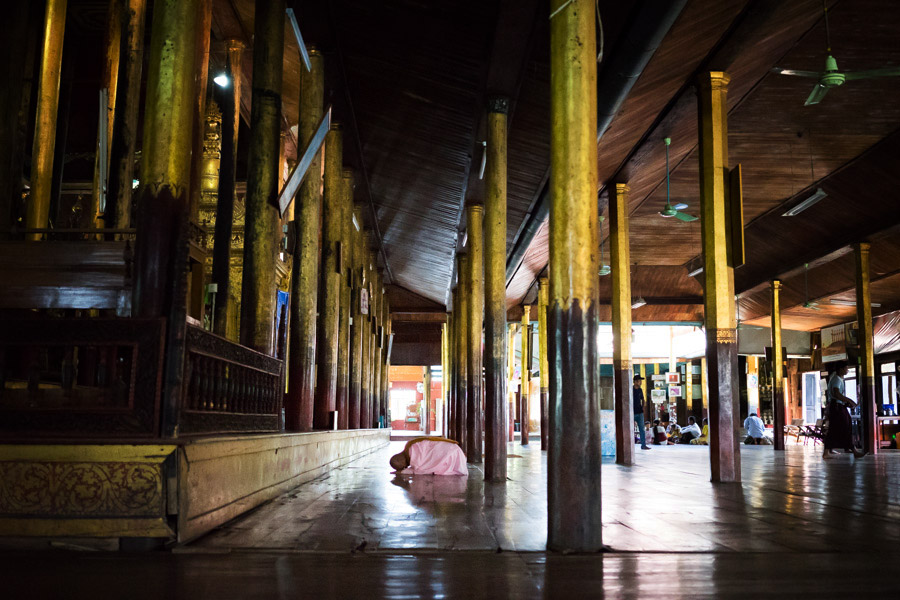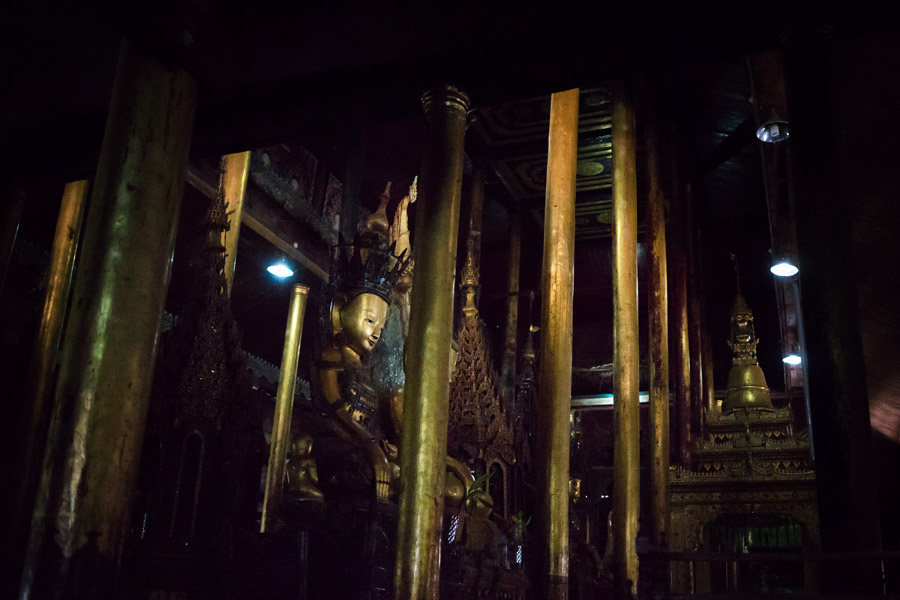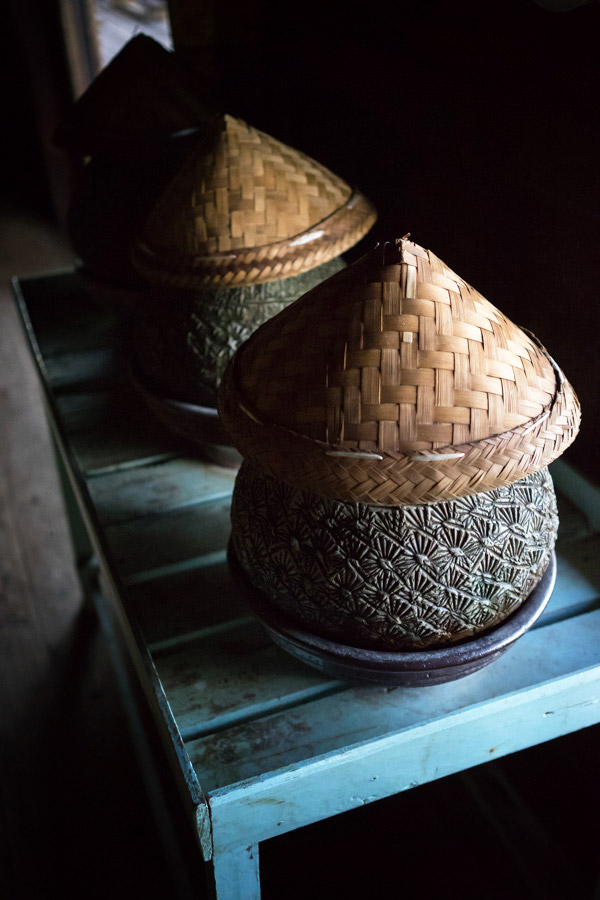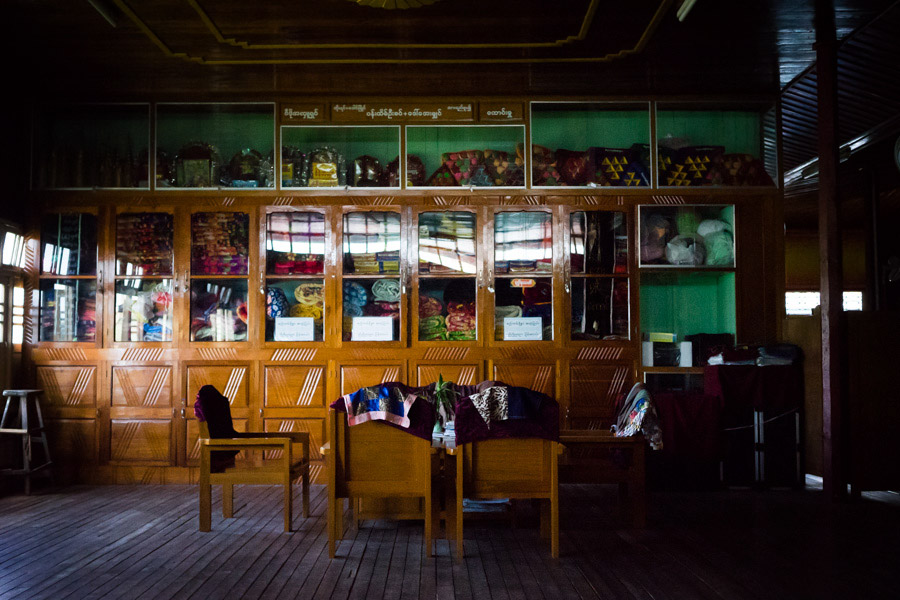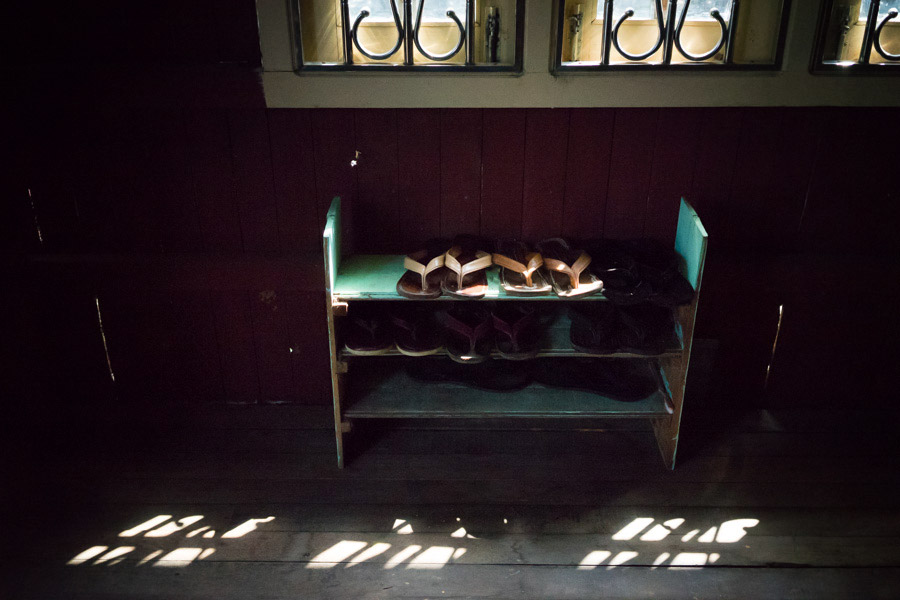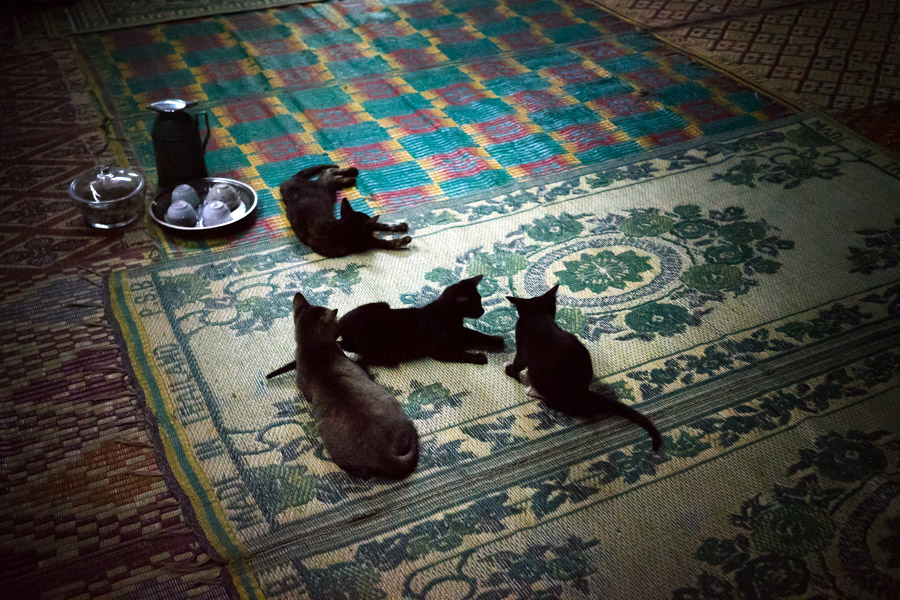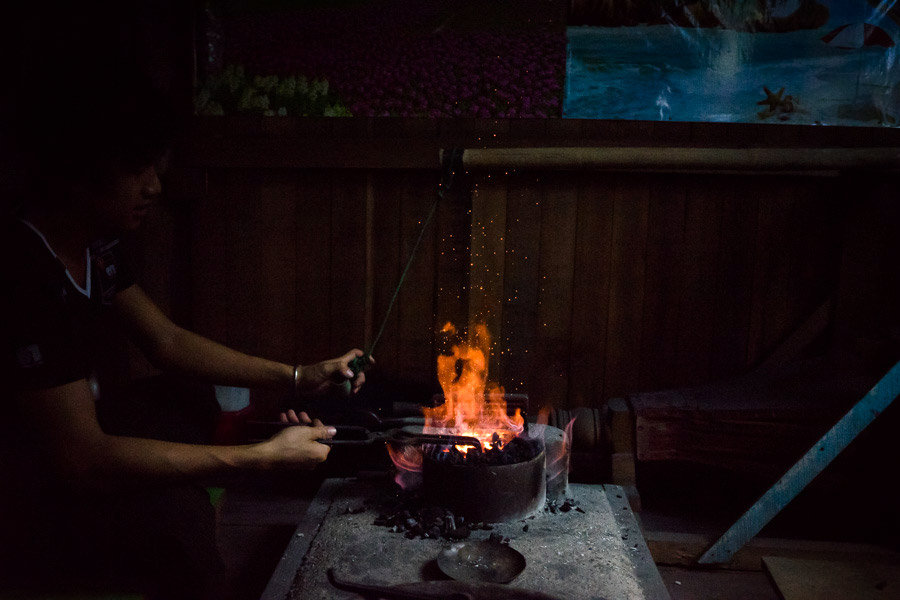James Blake - Measurements
We make our way to Inle Lake on another long bus ride - the bare countryside passing by, sadly with too much trash on the sidelines. Arriving in Nyaung Shwe, the tourist entry point for Inle Lake - a quaint and simple town, sadly famous for its population of roaming dogs (but not more than we’ve seen in the Philippines, we stray away from Burmese food, preferring the banana pancakes for breakfast, and a plate of fresh pasta for dinner. There’s something to say about the food when you can’t really eat it for too long.
A day bike ride through the area reveals the surroundings, on flat dirt paths filled with sleepy dogs. We ride by local houses, with the women bathing in the nearby stream, by hangars of tomatoes, with the worst ones saved for the cows. At a nearby village, we stop at an abandoned temple, still showing its intricate details, now rusted - a few Buddha effigies stay standing. At the pier, we’re quickly accosted by the local boat owners for a ride through the famed part of the lake, only to be turned down by the intransigent Madie.
Dinner is with Zizi, the new owner of a small restaurant - she didn’t even have time to change the sign. She has a poster of Aung San Suu Kyi, the female leader of Myanmar attempting to unify the country and finally bring peace. The country was under a military dictatorship for more than thirty years, until 2011 when the junta was dissolved, after repeatedly violating human rights (and unfortunately still criticized today for the treatment of the Muslim minority). Where a country is bloodied in conflict for the past twenty years by men, leave it to the women to bring some order. Zizi tells us about her hopes for the restaurant’s new concept, and her hopes for the country. A dinner of local food and positive thoughts, before we head the next day to visit Inle on the water.
Inle is sometimes called the Venice of the East (towns are built around a network of canals), but it would not do justice to either town. We find a much more unique place. A boat driver takes us an hour south and enters a farming village with a population living on the lake, in houses on stilts. The farmland is on the water too, growing tomatoes, water corn, and a special type of onion. Streets are canals, and quick boat rides are needed to get anywhere.
Despite a sadly blatant poverty, the place is as happy and peaceful as can be, with kids running around on decks, over bridges, and jumping into the water with little care for the passing tourists; with young adults speeding skillfully on boats full of the weekly groceries; with older men rowing slowly to the local grocery and tobacco shop; a simple, authentic, happy life in town, with the lake as its main character. The driver takes us to multiple craft shops of lotus root textiles, silver jewelry, and wooden longboats - no-thank-yous are the only things we manage to say. A cigar shop gets me my first smoke in months.
We arrive at the Hpaung Daw U Pagoda, host of five Buddha statues that now look like large gold eggs after thousands of people have placed gold leaf on them. Outside, a giant golden bird greets us, helm of a boat carrying the eggs around the lake from pagoda to pagoda. The last stop is Nga Phe Kyaung, the jumping cat monastery, called so because of a colony of cats decided to live with monks who trained them to jump for tourists. Now, the cats no longer jump, after criticism from the tourism communities, but only live lazily with the monks. A final moment of peace, amongst cats, as we read the scriptures on the wall describing the life of the Buddha. Another promise to meditate more.
We leave Inle to finish our Myanmar story, back to Yangon for a flight to India. We were not expecting much after many months in South East Asia, but Myanmar surprised us. To call it the next Thailand would not be fair to a country with such unique history and landscapes. But I, for one, hope it will become the next Thailand, and with it, better economy, infrastructure, and life for its caring and sweet population. Let it become what it wants, as long as it retains its character.

